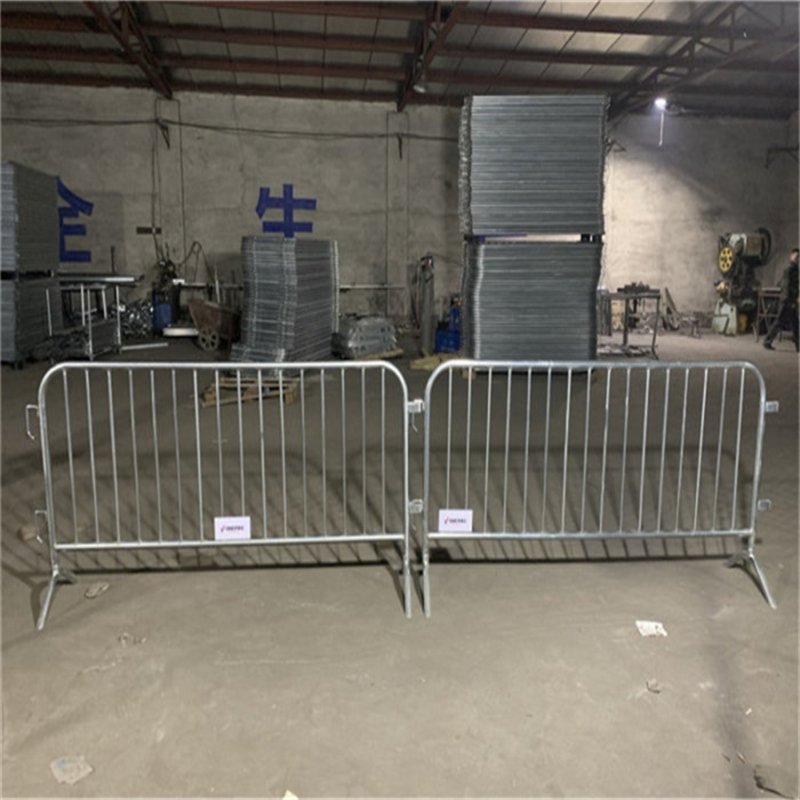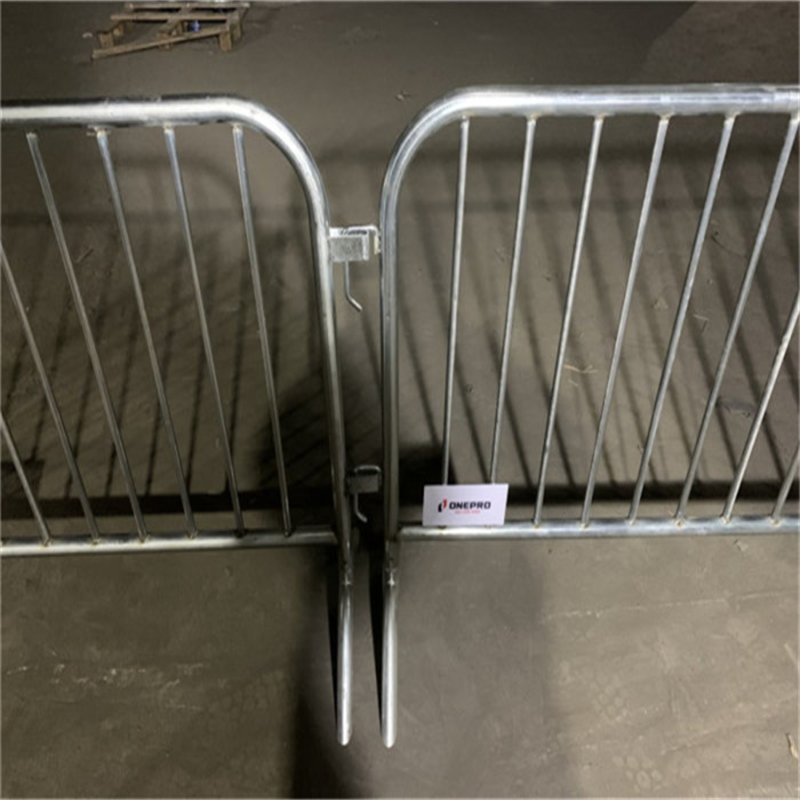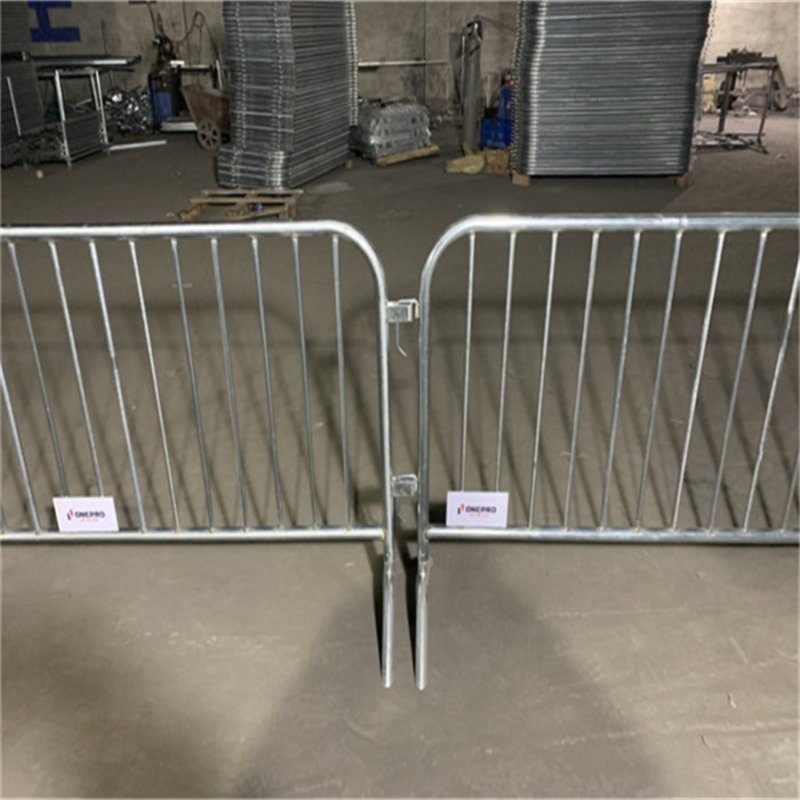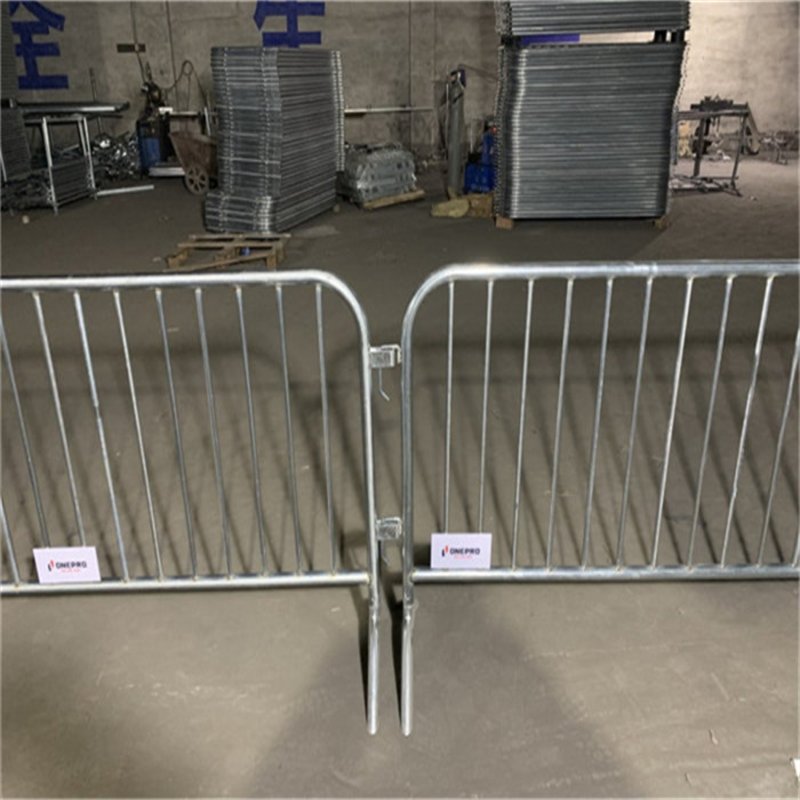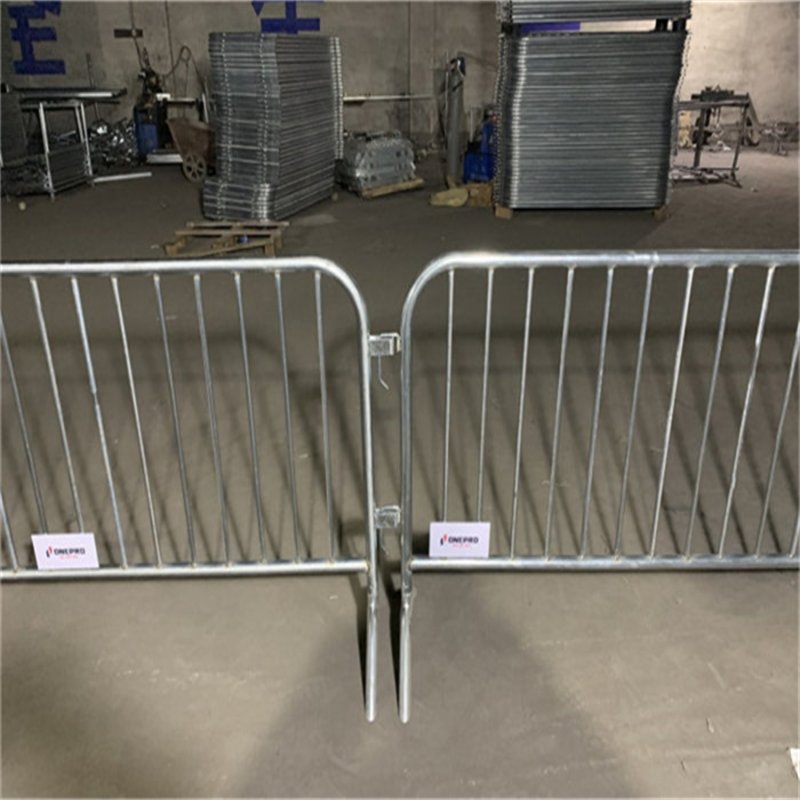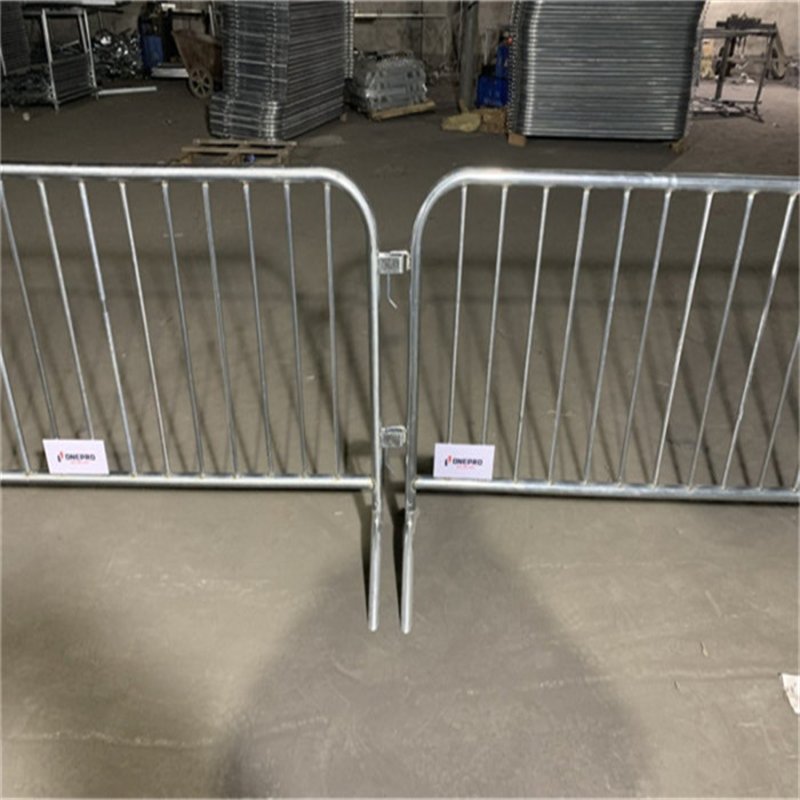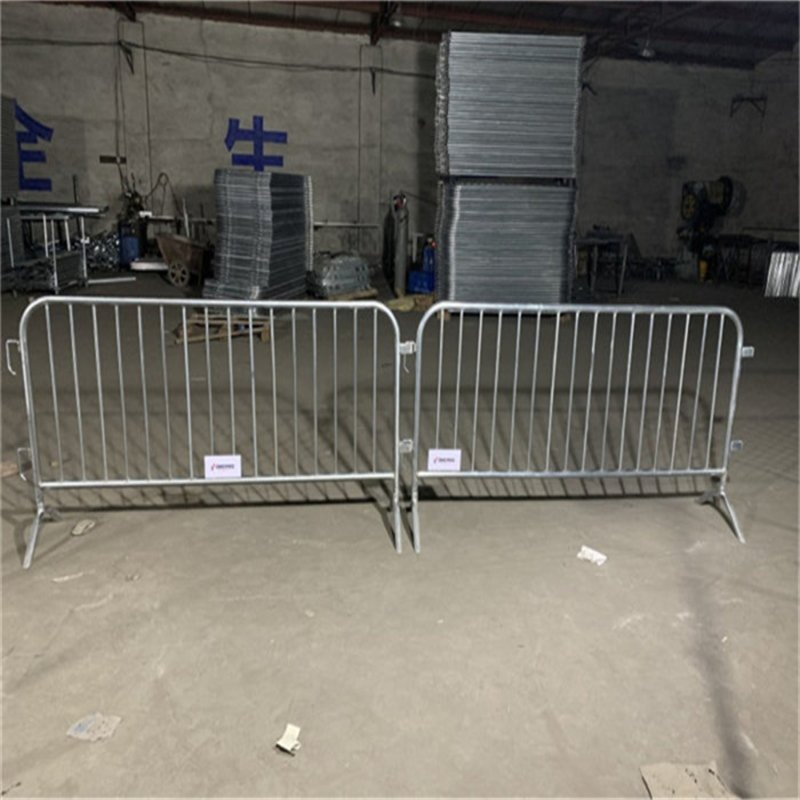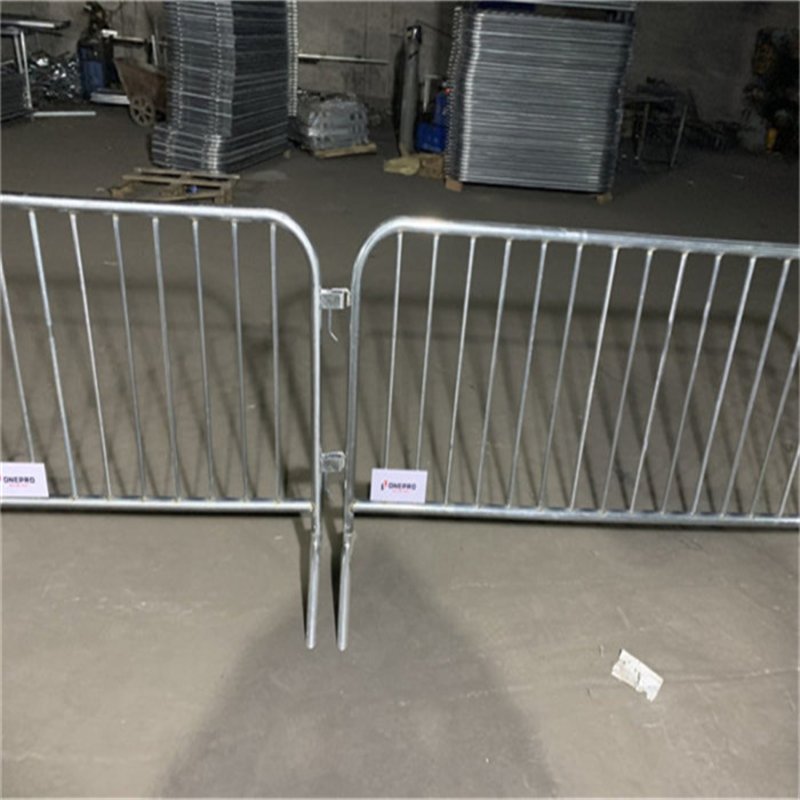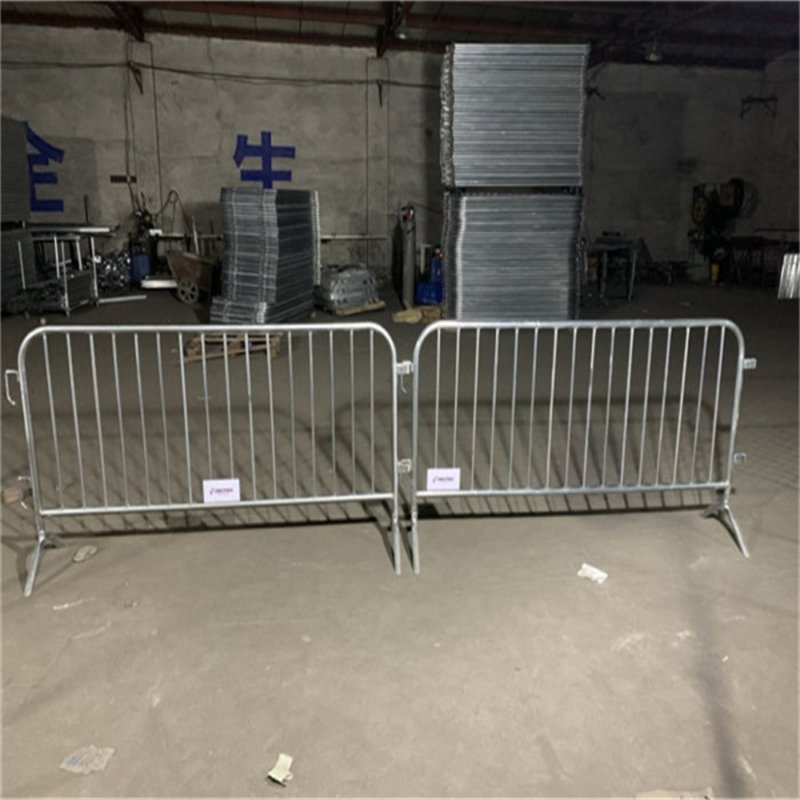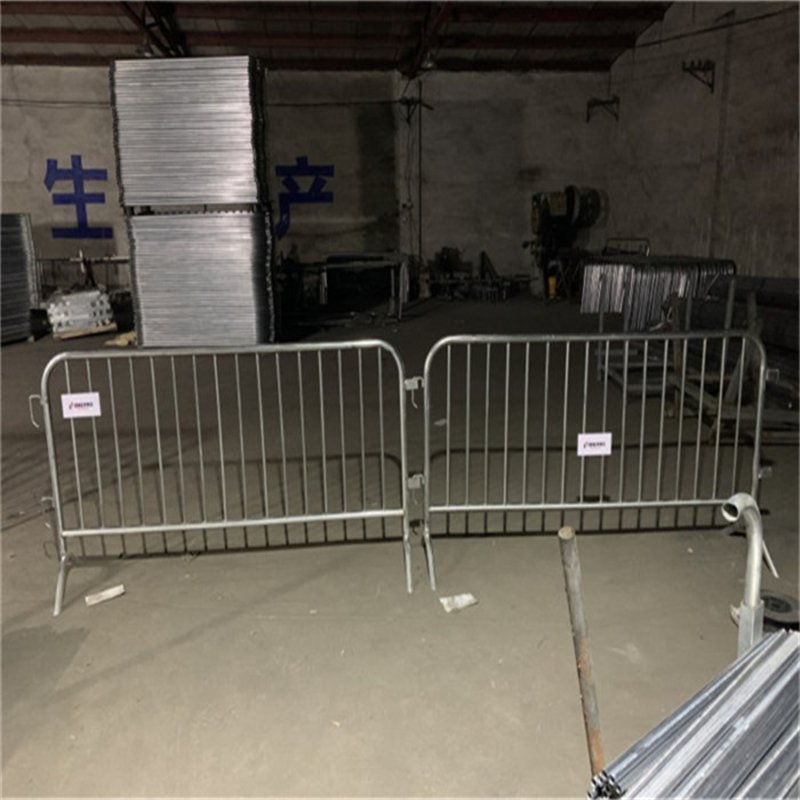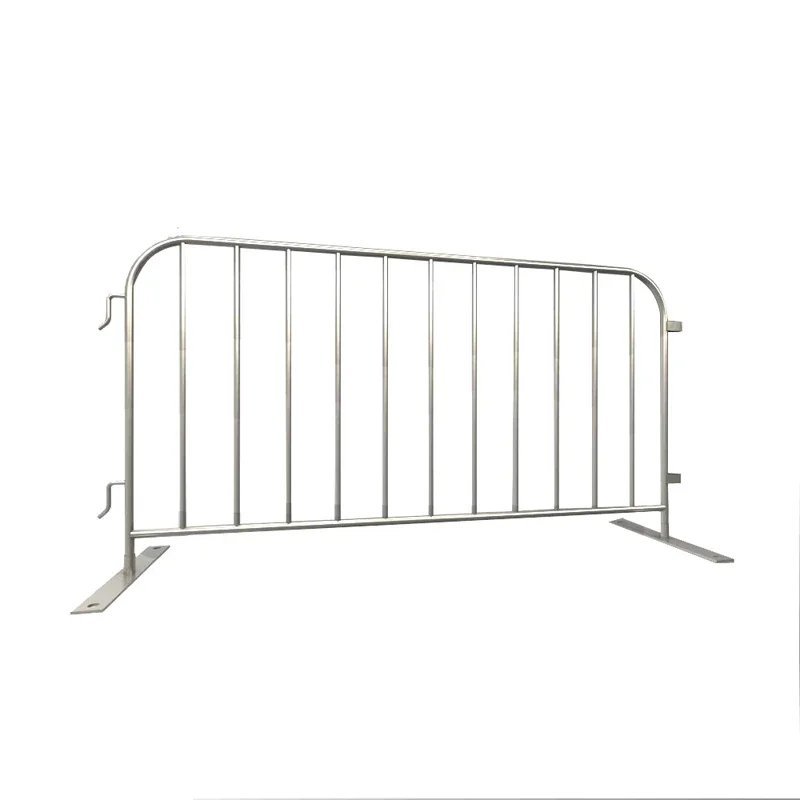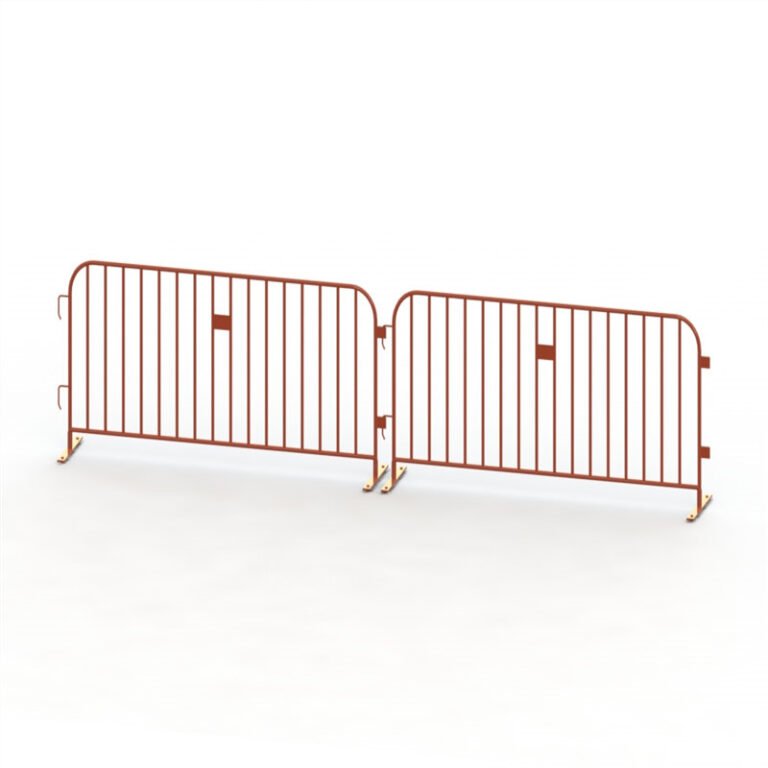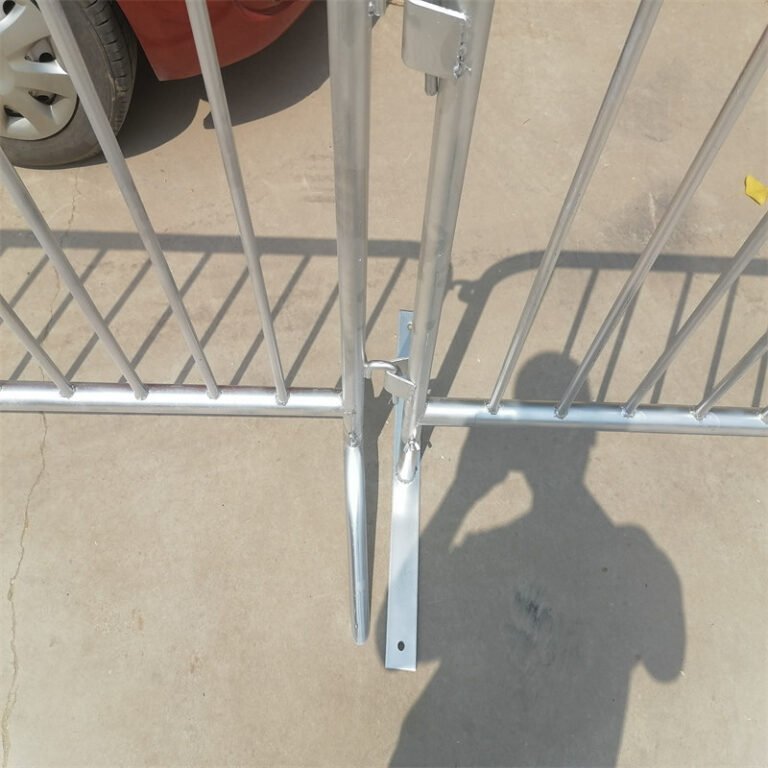Temporary Crowd Control Barriers Newcastle: BMP Factory
- Degree of Distortion: BMP
- Barrier Height: 1m, 1.1m
- Barrier Width: 2.1m, 2.5m, or 2.9m, etc.
- Barricade Frame Tube: 25mm, 32mm, 38mm, 48mm, etc.
- Surface: Galvanized or Powder Coated
- Barrier Feet: Flat Feet, Cross Feet, or Bridge Feet
- Certification: CE, ISO
- Barrier Application: Event, Concert, etc.
- Barrier Packing: Steel Pallet
- Loading Quantity: 900 PCS Barricade in One Container
- Price: $32.22 - $59.18 per kit
- Description
Newcastle upon Tyne, often simply referred to as Newcastle, is a city that seamlessly blends its rich historical heritage with a modern, vibrant culture. Located in the North East of England, it is famous for its iconic landmarks such as the Tyne Bridge, the historic Newcastle Castle, and the bustling Quayside. The city is a hub for various large-scale events, including music festivals, sports matches, cultural gatherings, and educational conferences. Managing the influx of people during these events is a significant responsibility that falls on event organizers and local authorities. Temporary crowd control barriers are indispensable tools in ensuring public safety, efficient crowd management, and the smooth operation of events in Newcastle.
What Are Temporary Crowd Control Barriers?
Temporary crowd control barriers are portable, modular fencing systems designed to guide, restrict, or manage the flow of people and vehicles in public spaces. They are essential for:
- Directing Pedestrian Flow: Ensuring orderly movement of people to prevent bottlenecks and overcrowding.
- Securing Restricted Areas: Demarcating zones that are off-limits to the public, such as VIP sections or construction sites.
- Enhancing Safety Measures: Preventing accidents by keeping the public away from hazardous areas or ongoing works.
- Facilitating Emergency Response: Keeping access routes clear for emergency services in case of unforeseen incidents.
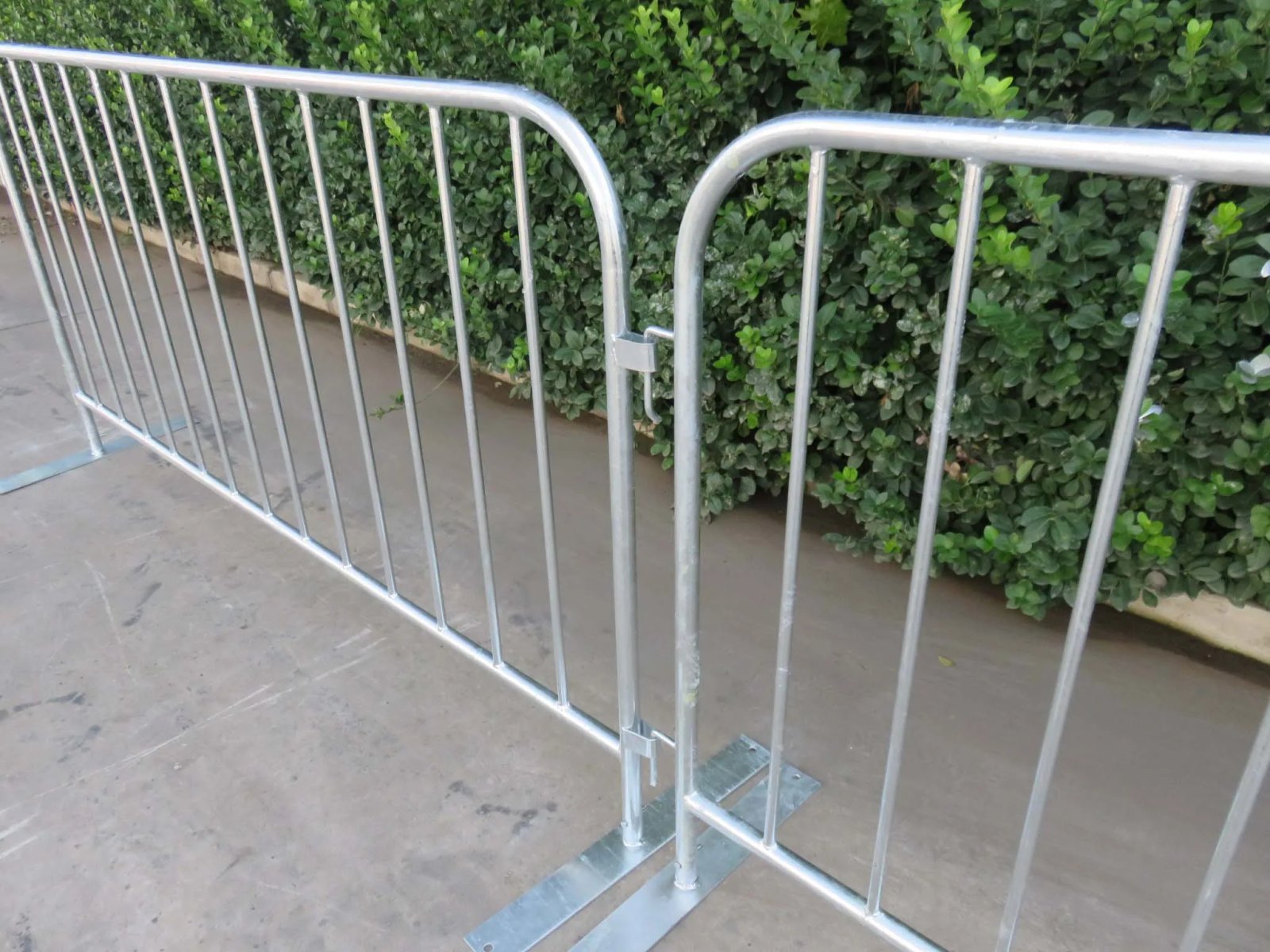 |
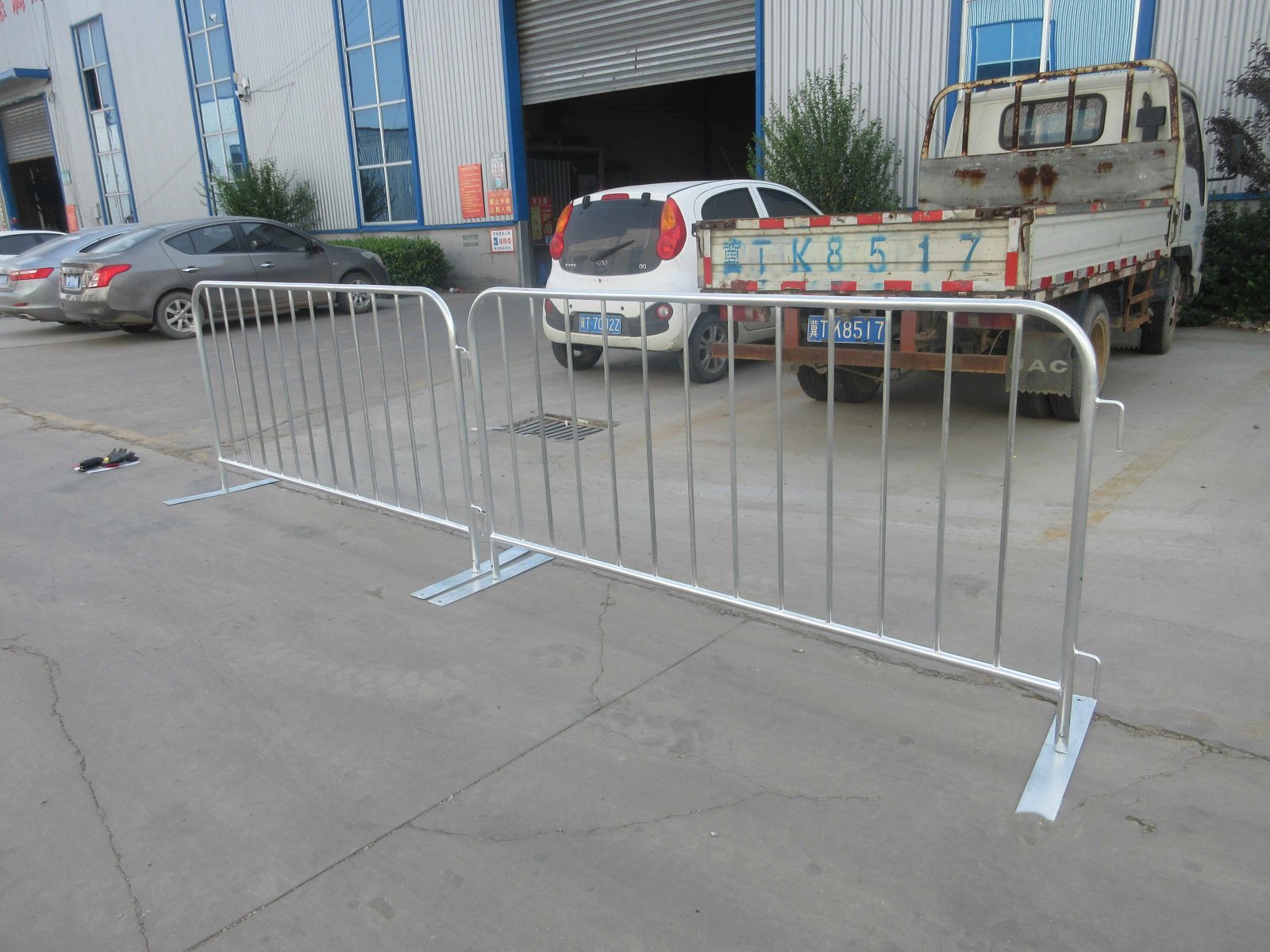 |
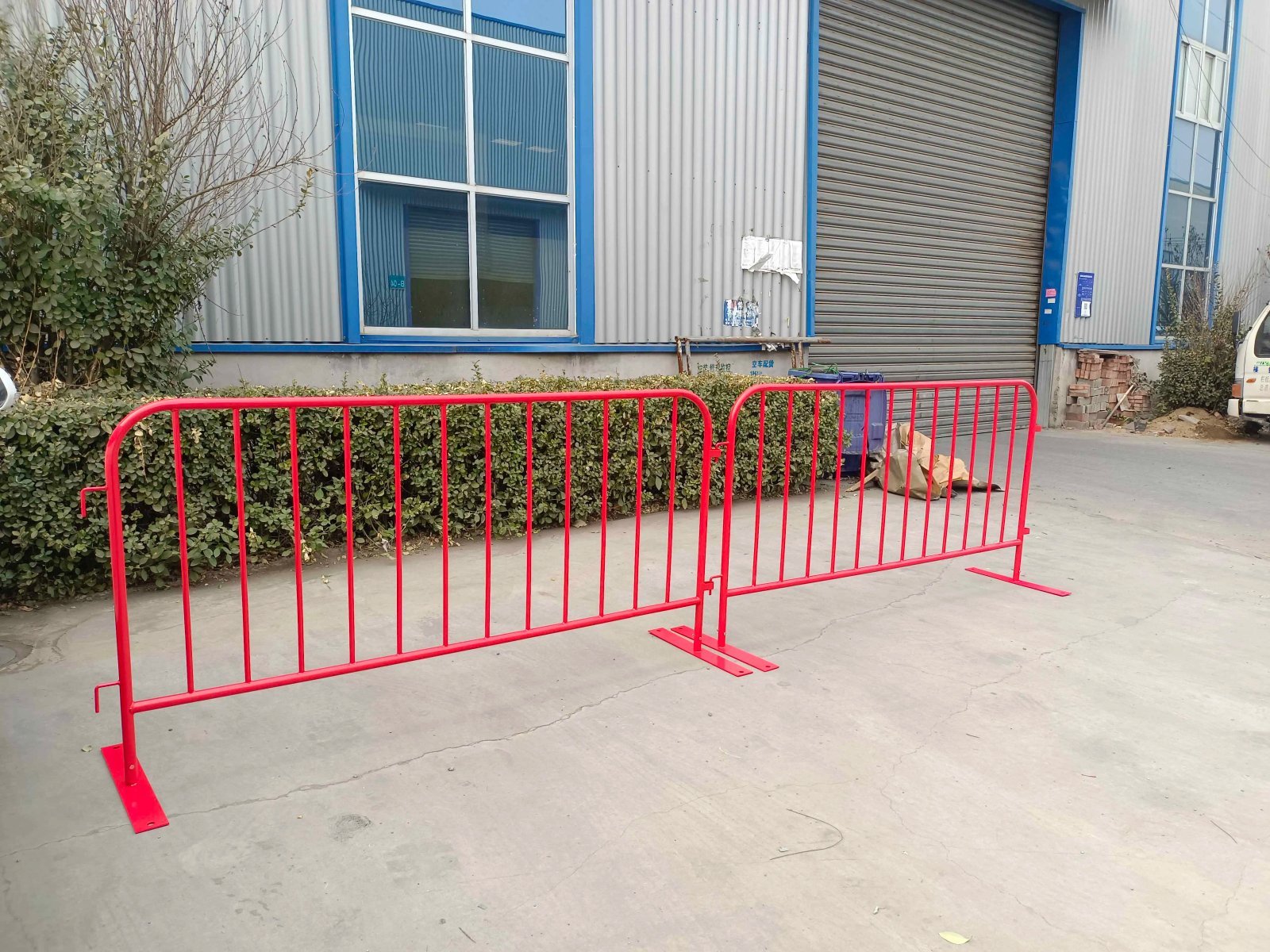 |
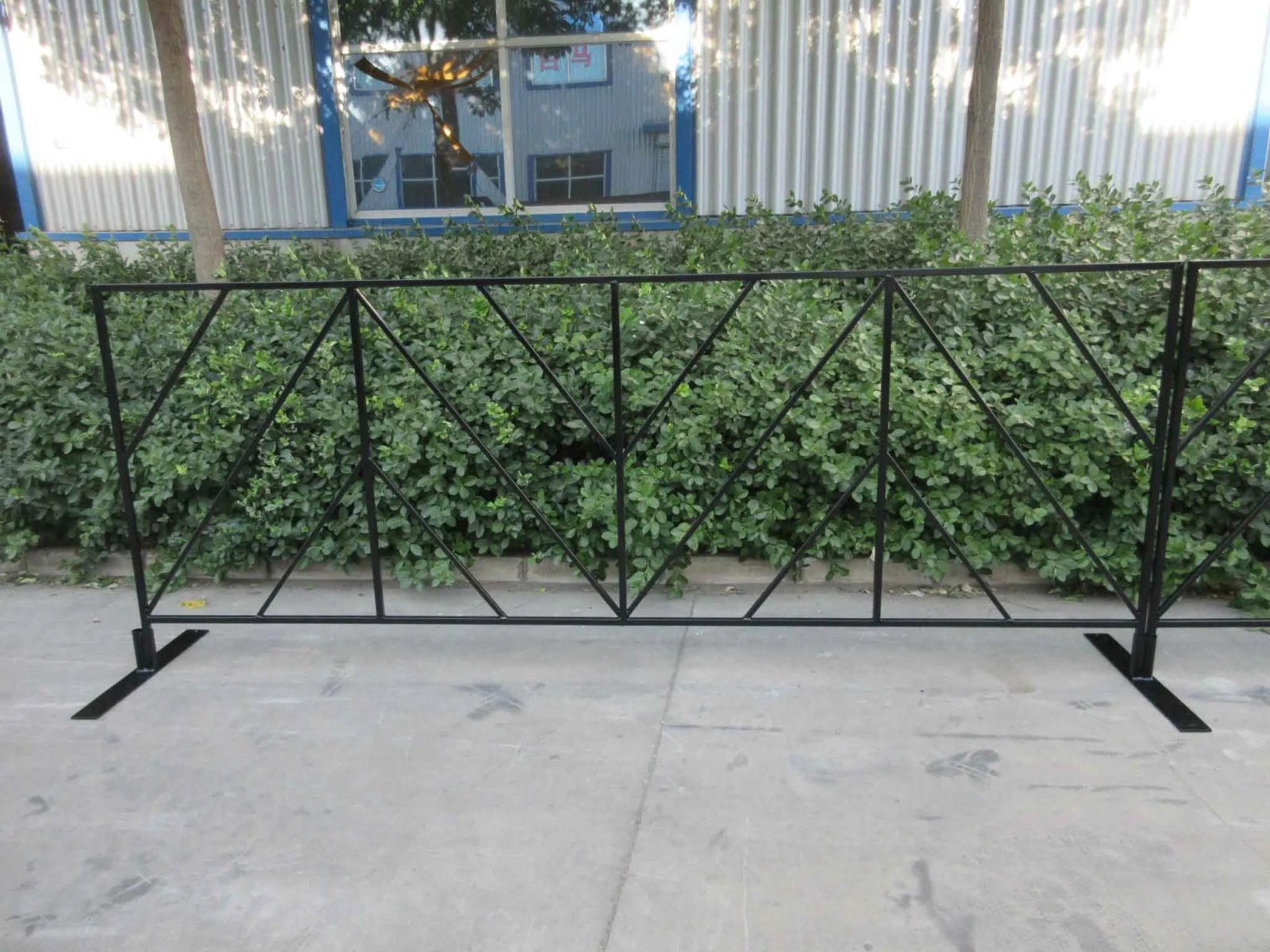 |
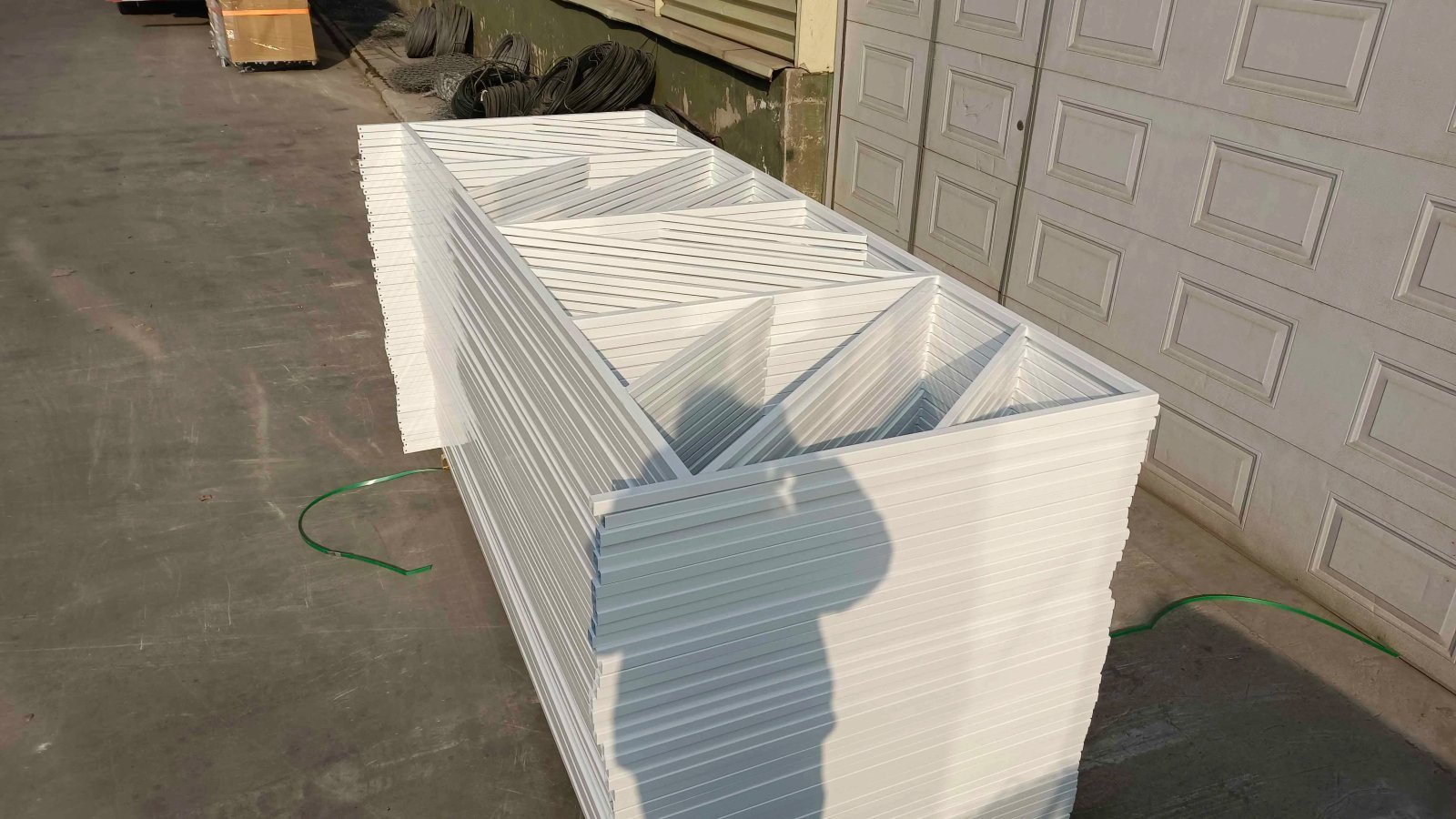 |
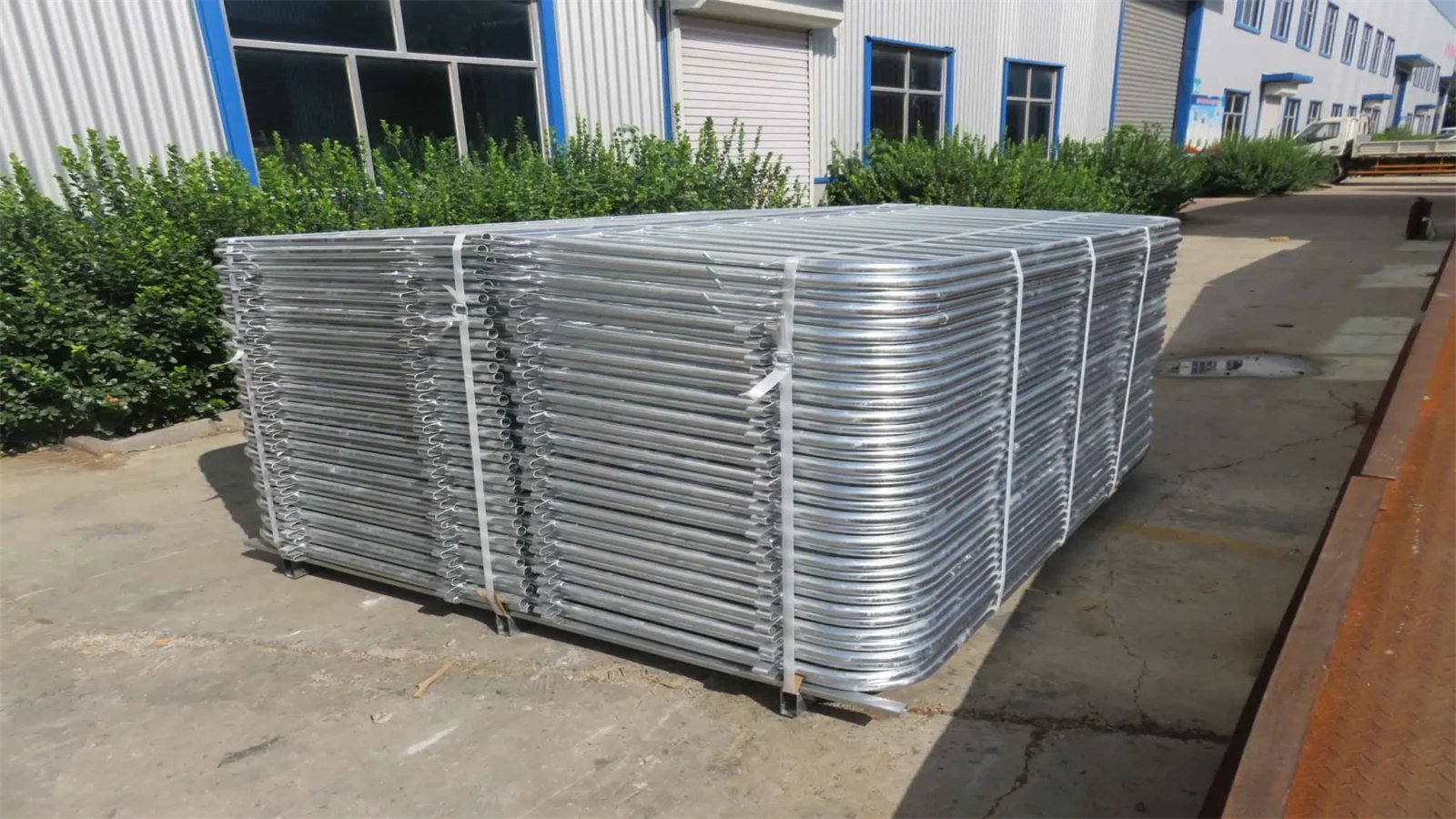 |
temporary crowd control barriers newcastle specifications
| Specification | Details |
|---|---|
| Code | Crowd Control Barrier |
| Materials | Hot Dip Galvanized Steel |
| Height | 914mm (36 inches), 1016mm (40 inches), 1067mm (42 inches), 1100mm (44 inches) |
| Width | 2300mm / 2200mm / 2500mm |
| Outer Tube Diameter | 1-1/2″ (38mm) |
| Inner Bar Diameter | 1/2″ (12mm) |
| Weight | 12.5 kg |
| Upright Tube Diameter Options | O.D 32mm, 40mm, 42mm, 48mm (all with 1.5mm thickness) |
| Infill Bar Diameter Options | O.D 12mm, 16mm, 19mm, 25mm (all with 1.0mm thickness) |
| Base Dimensions (Bridge Feet) | 120mm, 150mm, 180mm |
| Flat Steel Base Options | 600mm x 60mm x 6.00mm, 500mm x 50mm x 10mm |
| Base Type | Bridge Feet (Steel Pipe) / Flat Steel Base |
| Finish Options | Hot Dipped Galvanized or Powder Coated (with RAL Color) |
| Optional Sizes | Height: 1.1m x Width: 2.2m, 2.3m, or 2.5m |
| Spacing Between Uprights | 100mm |
| Custom Sizes Available | Yes |
This table now reflects the addition of flat steel bases, which offer enhanced stability for the barriers. These options—600mm x 60mm x 6.00mm and 500mm x 50mm x 10mm—are especially useful for settings requiring more secure foundations, such as construction sites or high-traffic events.key features for standard and bridge-foot crowd control barriers, including frame dimensions, tubing details, and finish options. These barriers are ideal for various events, construction sites, and public safety needs. The customizable RAL powder-coated finish adds visibility or branding options.These barriers are adaptable for various environments with optional finishes and sizes, ensuring both safety and visibility.
Just send us a drawing with specification data for reference, we can make it for you !
| Decorative Steel Fence Panel | |||||
| Illustration | Dimension | Frame (mm) | Infill (mm) | Feet (mm) | Finish |
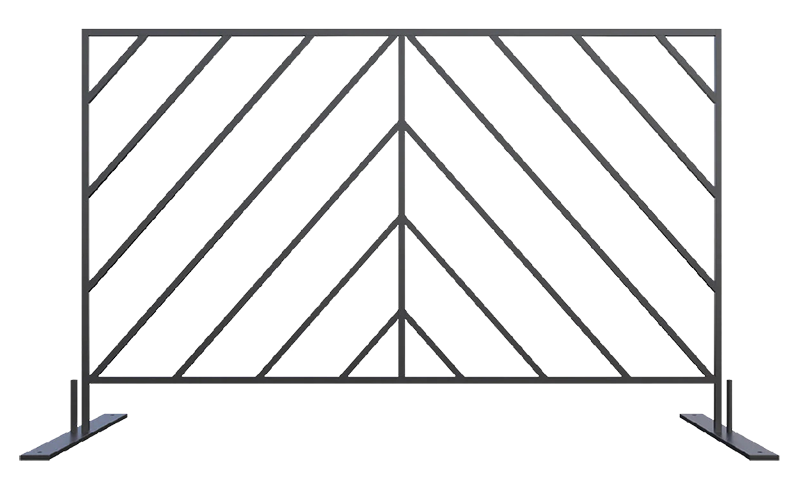 |
H1.1×2.0m | 25×25×1.5
19×19×1.2 |
25×25×1.5
19×19×1.2 |
600×70×10 | Hot Dipped Gal.
Or Powder Coated |
| NOTE: Custom-made is available. | |||||
The Significance of Temporary Crowd Control Barriers Newcastle
Event Management
Newcastle’s calendar is filled with events that attract thousands of attendees:
- Sporting Events: Home games of Newcastle United FC at St. James’ Park, rugby matches, and athletic events like the Great North Run—the world’s largest half marathon.
- Cultural Festivals: Events such as the Newcastle Mela, the EAT! NewcastleGateshead food festival, and various music concerts and art exhibitions.
- Academic Conferences and Exhibitions: Hosted by institutions like Newcastle University and venues like the Sage Gateshead.
For these events, temporary barriers are crucial for:
- Efficient Queue Management: Organizing entry and exit points to prevent long wait times and confusion.
- Crowd Segmentation: Separating different audience groups, such as ticket holders, VIP guests, and general attendees.
- Security Screening: Establishing checkpoints for bag checks and ticket verifications.
- Wayfinding: Guiding attendees to facilities like restrooms, food stalls, and information centers.
Construction and Infrastructure Development
Newcastle is continually evolving, with numerous construction and redevelopment projects:
- Urban Development Projects: Revitalization of areas like the Quayside and the development of new commercial and residential spaces.
- Infrastructure Upgrades: Roadworks, bridge maintenance, and public transport enhancements.
Barriers help in:
- Protecting the Public: Keeping pedestrians at a safe distance from construction activities.
- Traffic Management: Redirecting vehicular flow to minimize congestion and ensure safety.
- Compliance with Safety Regulations: Meeting legal requirements for site safety and public protection.
Public Safety and Security
In high-traffic areas such as shopping districts and transportation hubs:
- Managing Peak Times: Controlling pedestrian flow during rush hours or holiday shopping seasons on streets like Northumberland Street.
- Emergency Preparedness: Assisting in evacuations or lockdowns by providing clear routes and preventing panic.
- Enhancing Law Enforcement Efforts: Aiding police and security personnel in maintaining order during protests, parades, or unexpected gatherings.
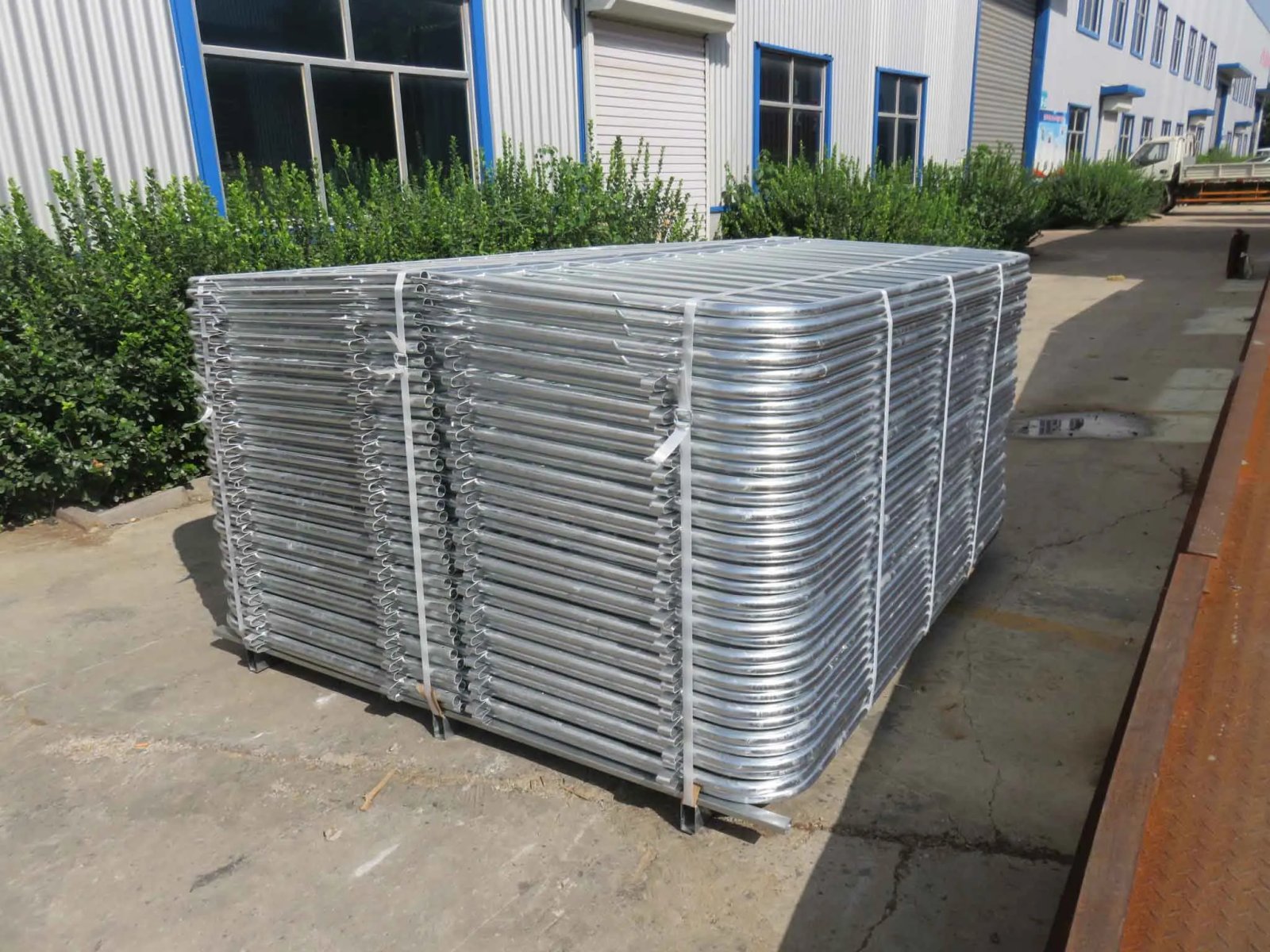 |
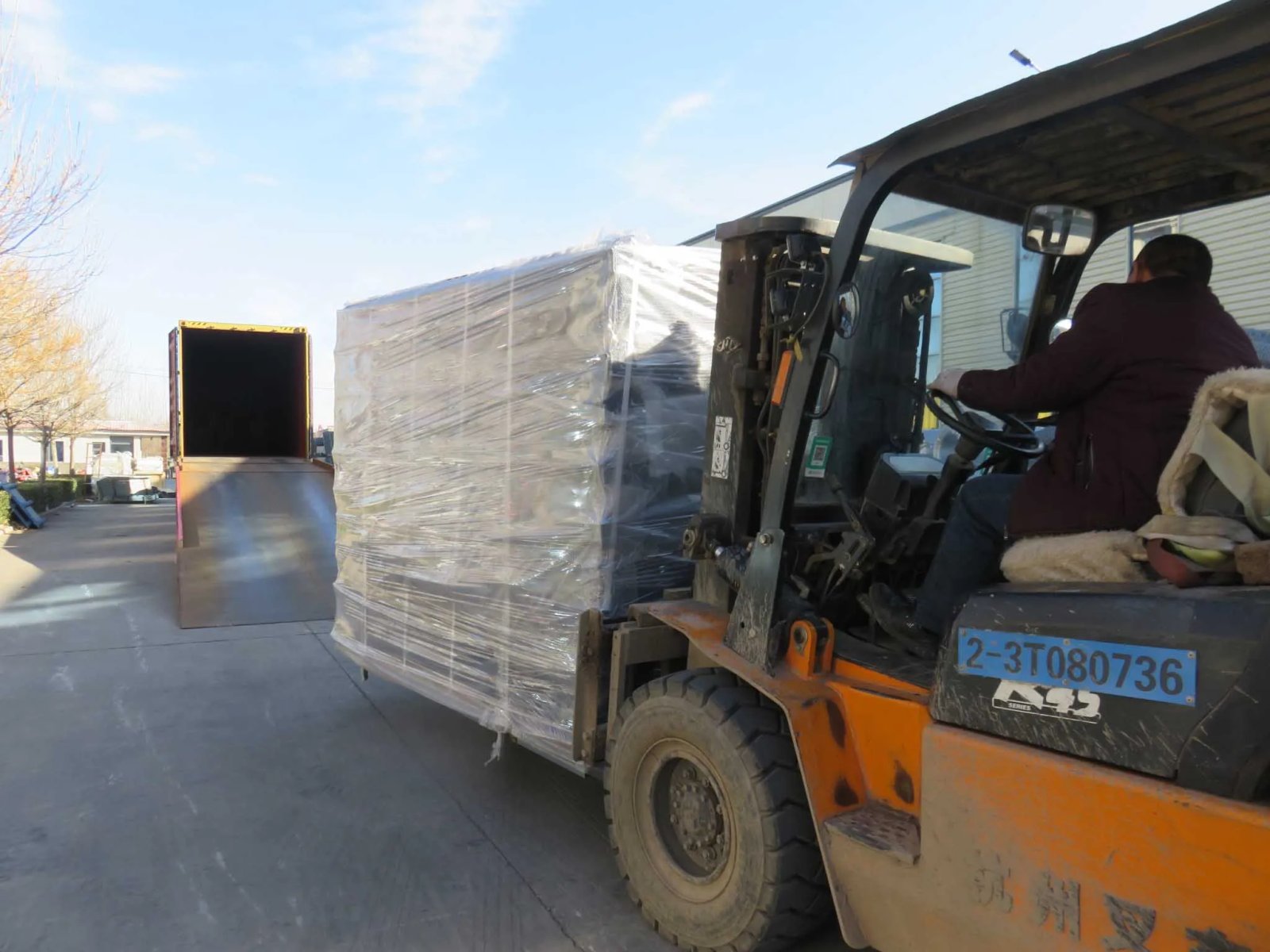 |
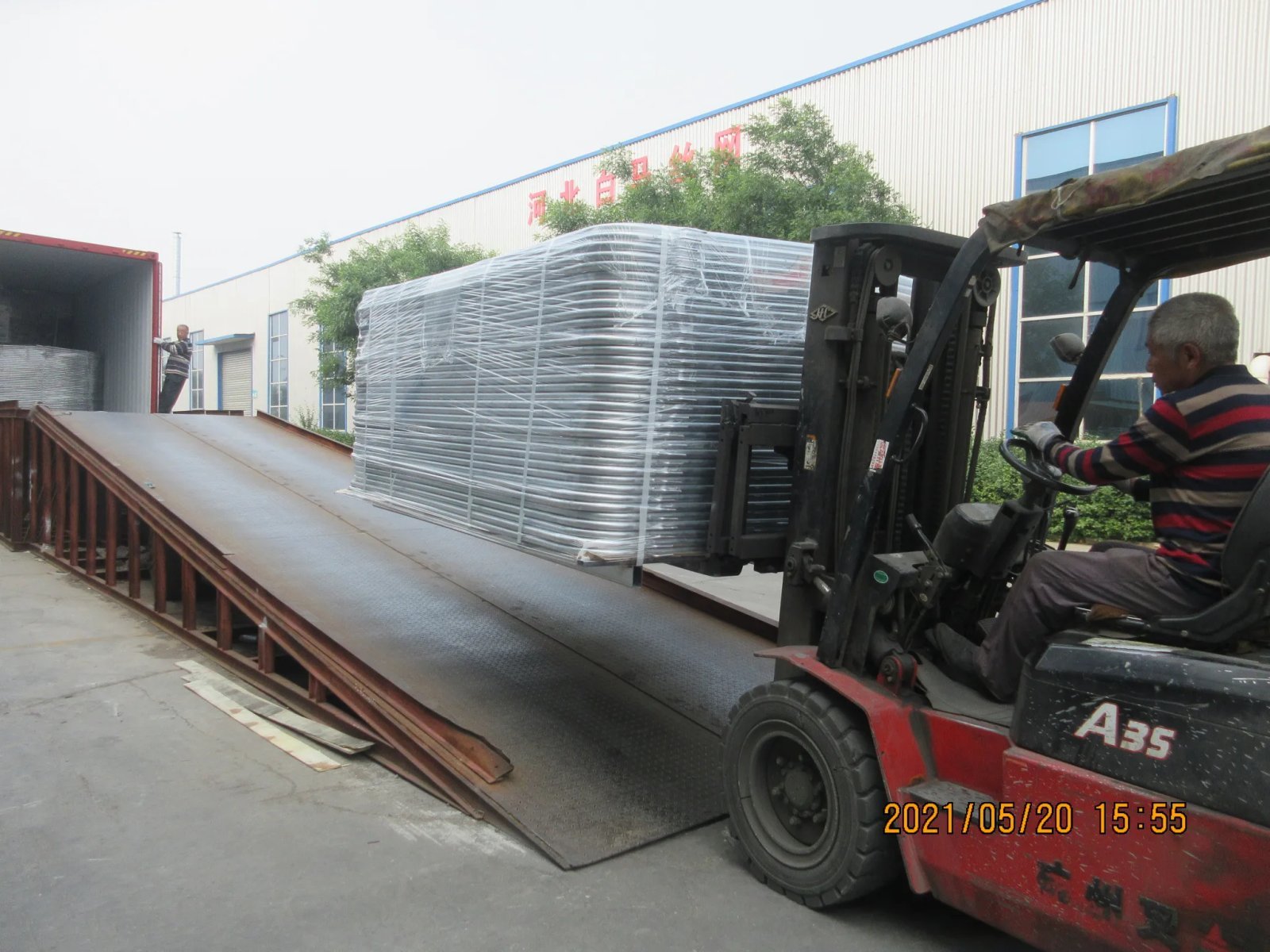 |
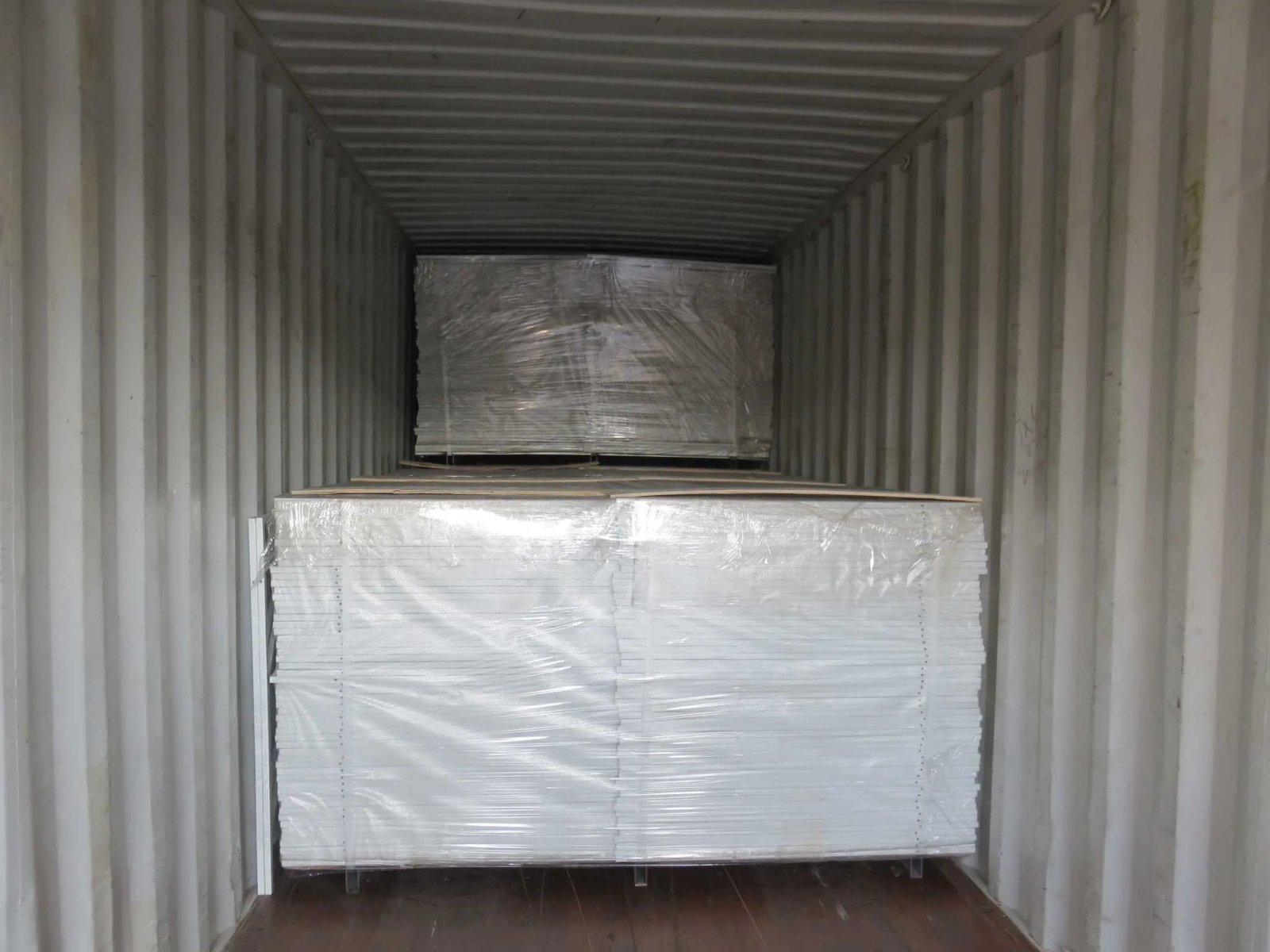 |
Types of Temporary Crowd Control Barriers
Metal Pedestrian Barriers
Description: Made of galvanized steel, featuring hooks and loops for easy connection.
Usage: Ideal for guiding crowds during events and creating perimeters.
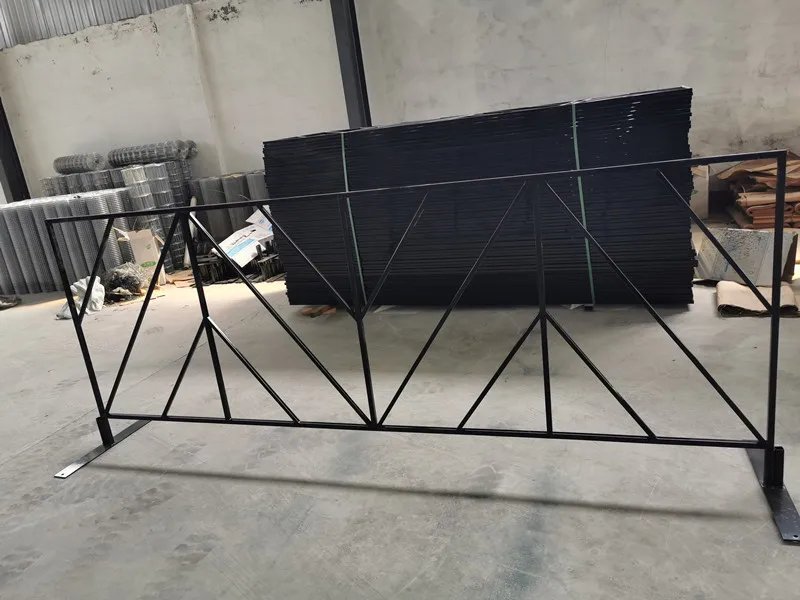 |
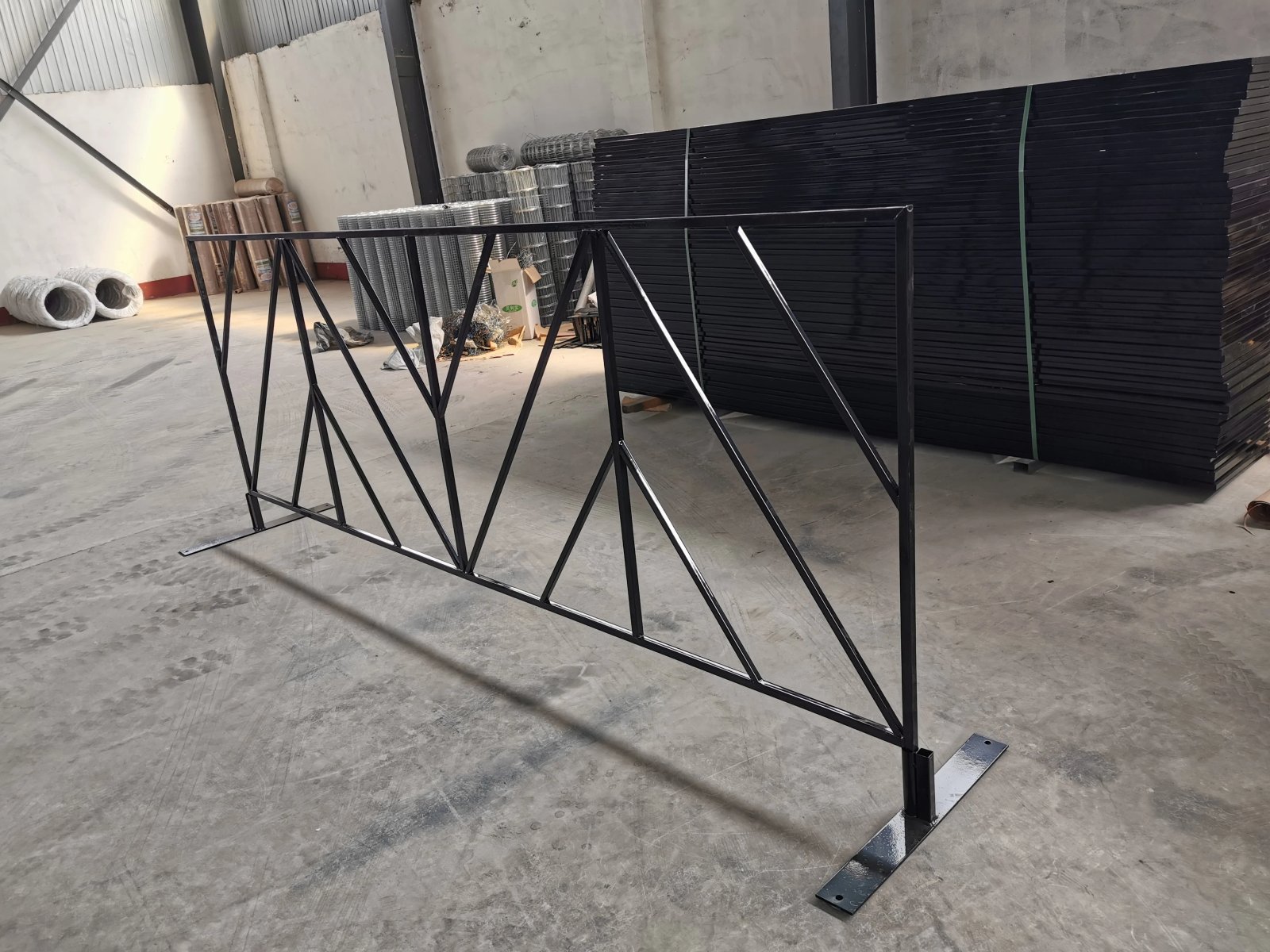 |
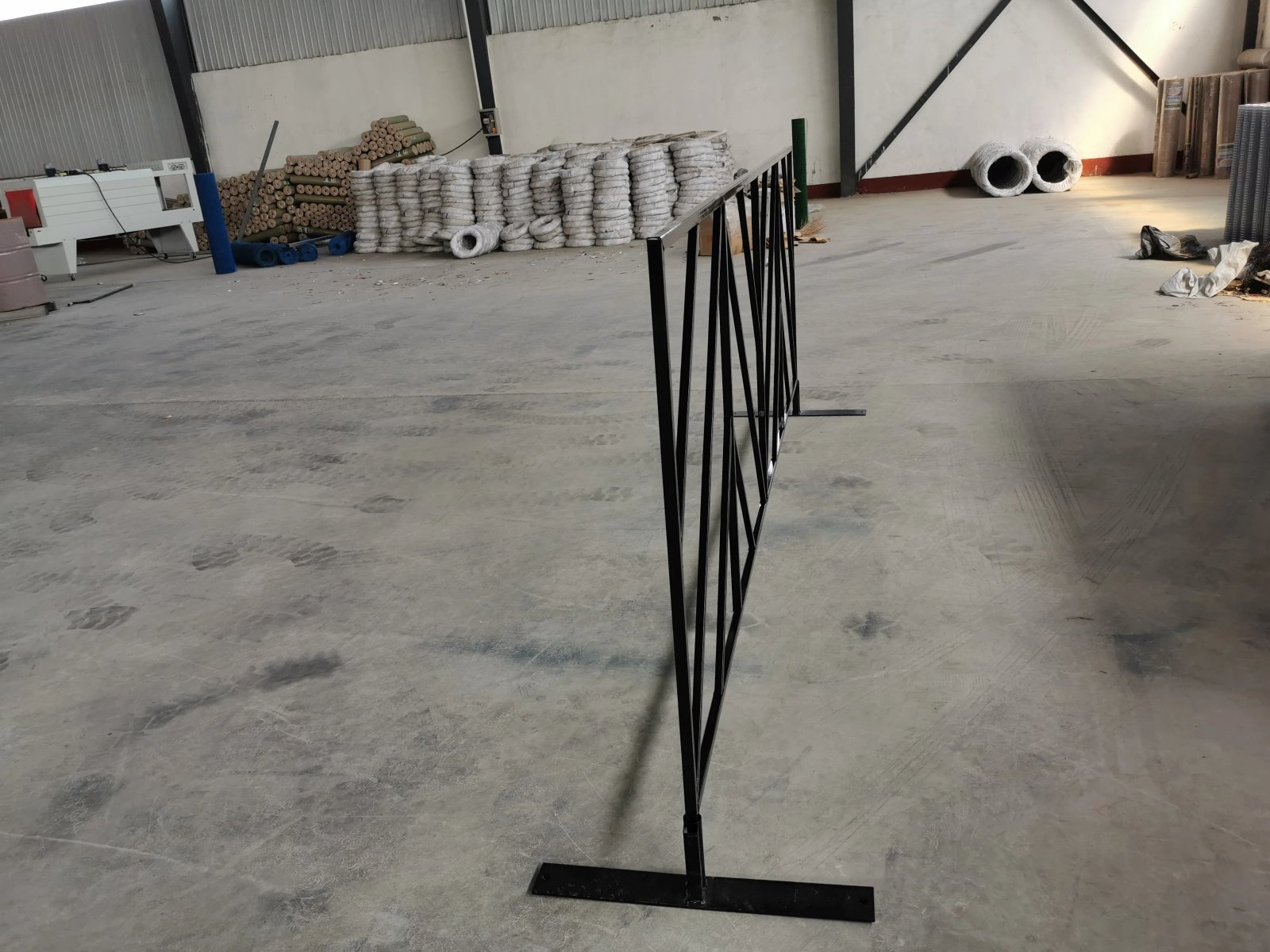 |
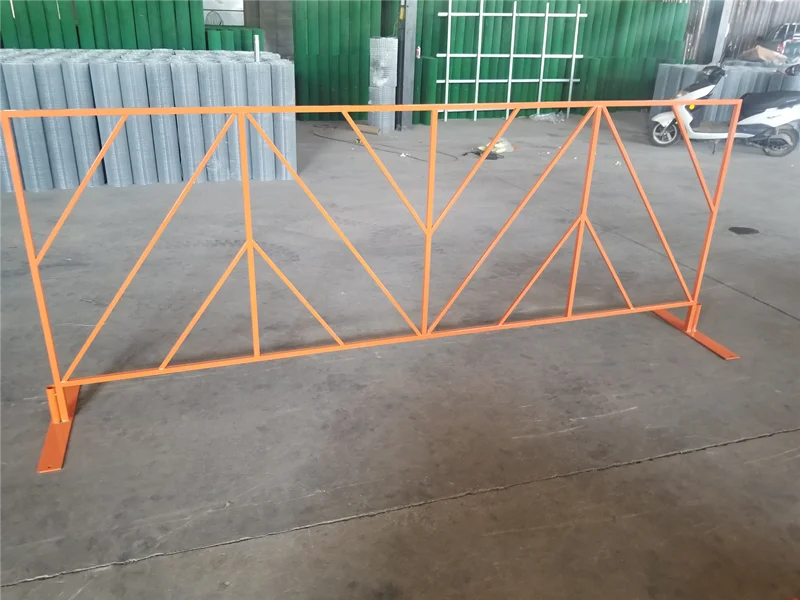 |
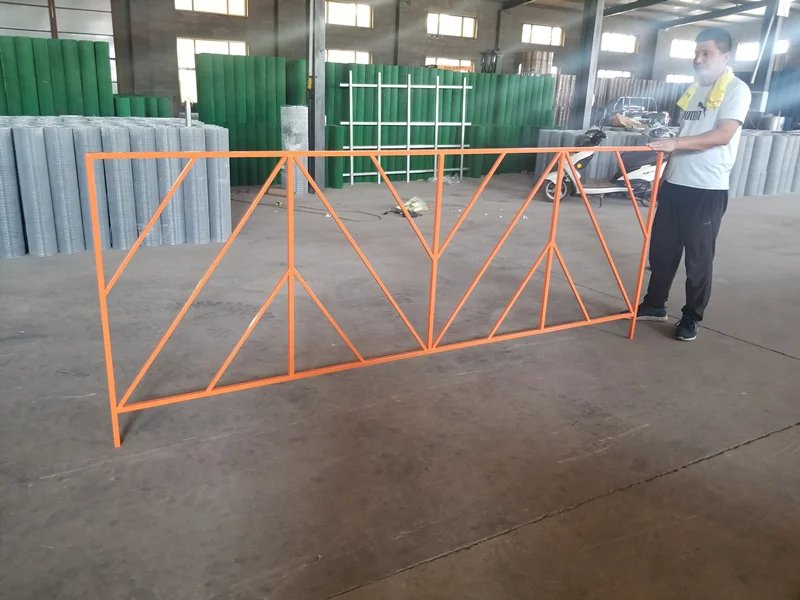 |
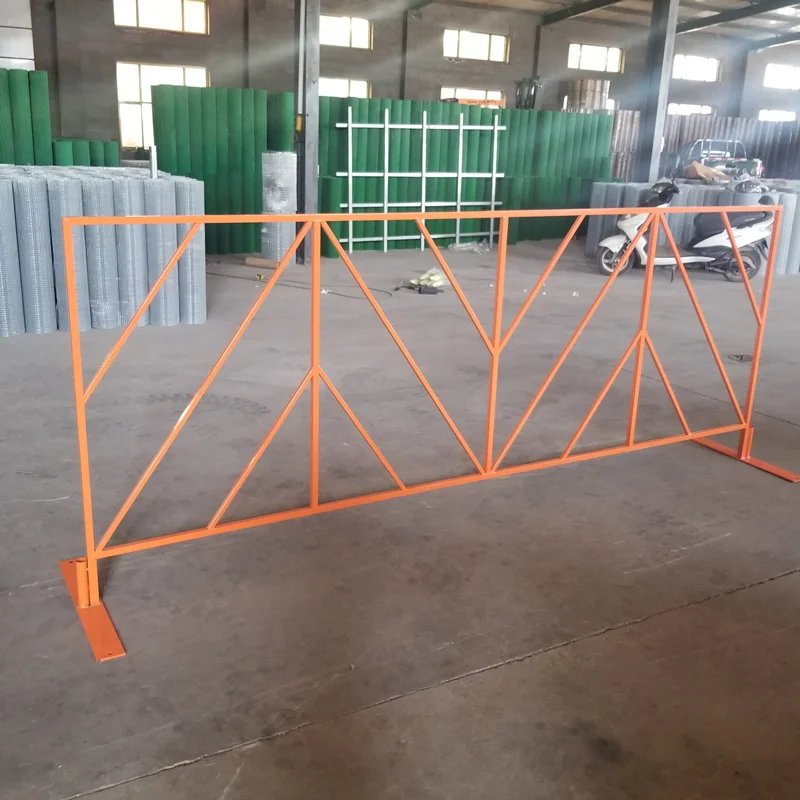 |
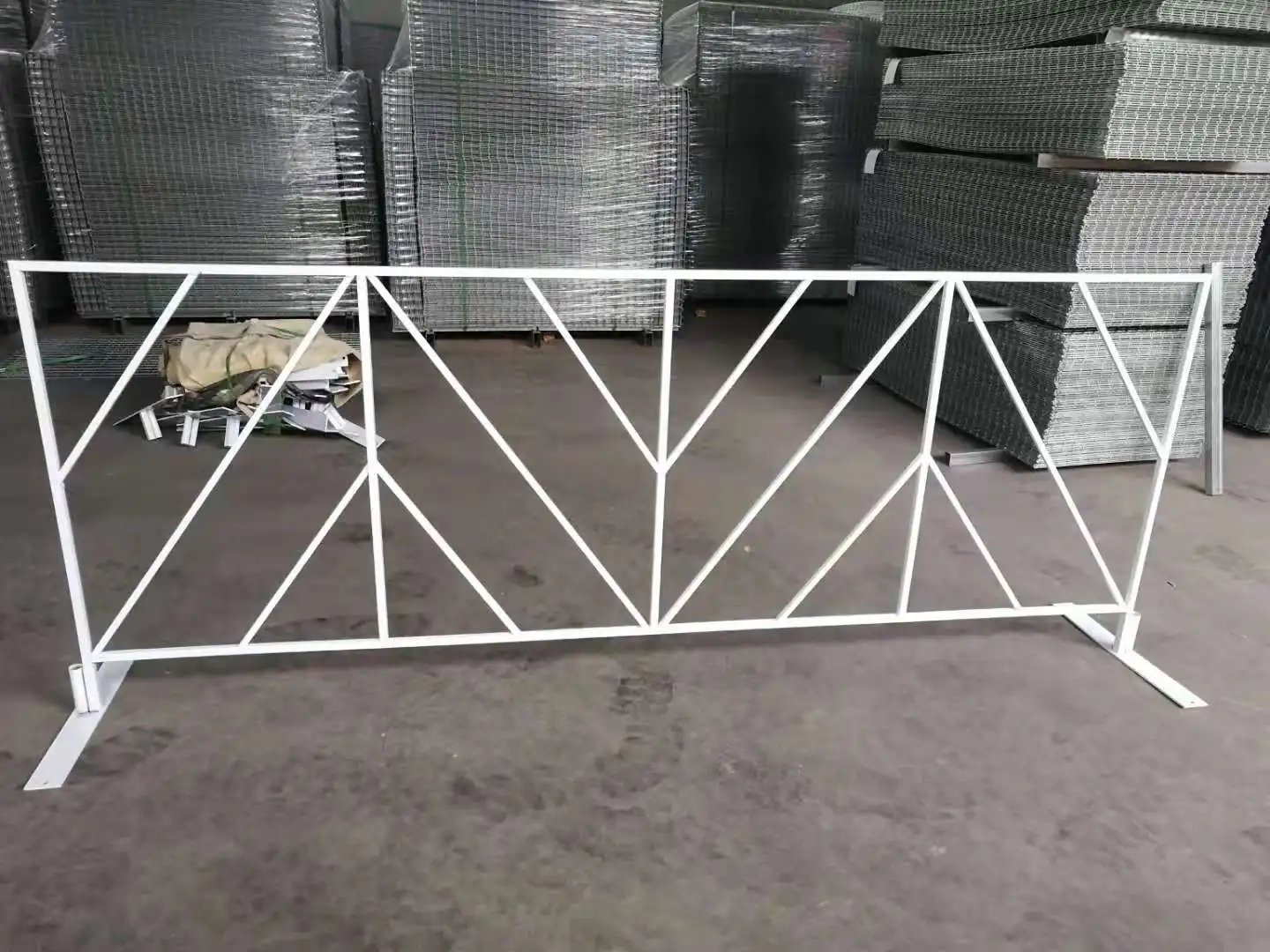 |
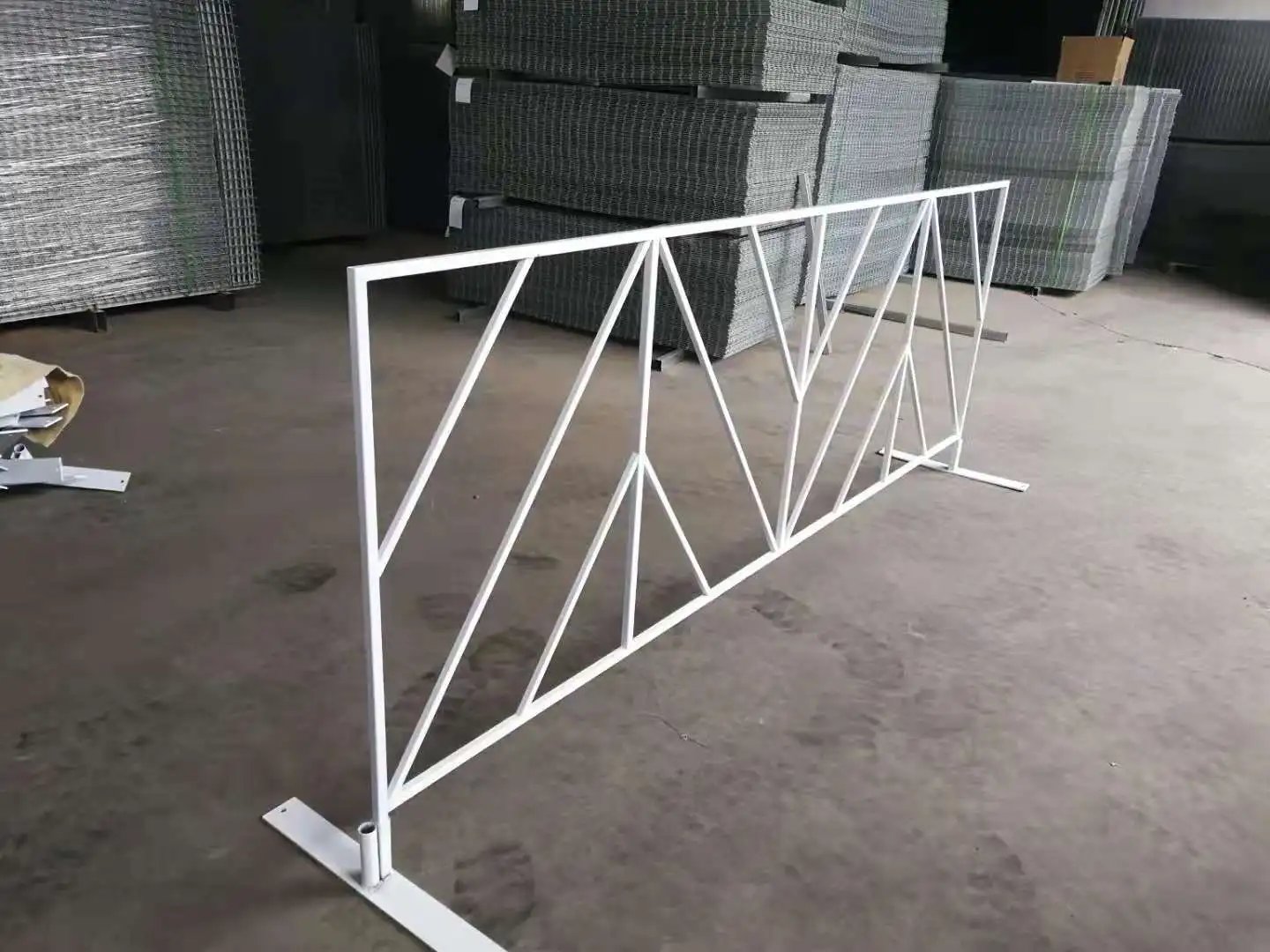 |
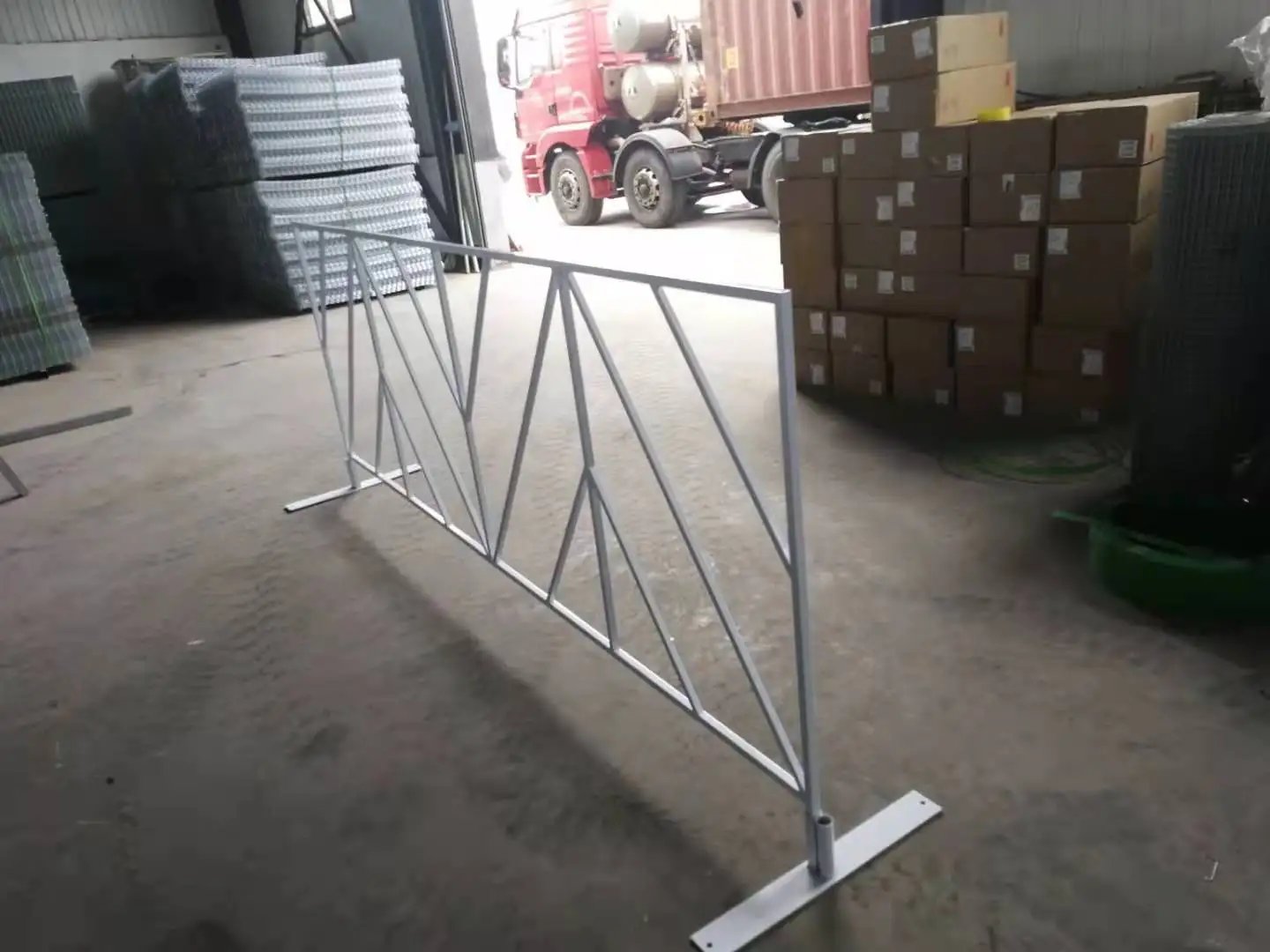 |
Water-Filled Barriers
Description: Heavy-duty plastic barriers that can be filled with water or sand for stability.
Usage: Commonly used in roadworks or to demarcate construction zones.
Retractable Belt Barriers
Description: Indoor barriers with retractable belts.
Usage: Suitable for queue management inside venues like museums or airports.
Mesh Fencing Panels
Description: Large panels with mesh infill for visibility.
Usage: Used around construction sites to secure the area and keep it visible.
Regulations and Compliance
Adherence to regulations is paramount when deploying temporary crowd control barriers in Newcastle:
- Health and Safety at Work Act 1974: Mandates that employers and event organizers ensure the safety of employees and the public.
- The Construction (Design and Management) Regulations 2015: Requires safe management practices on construction sites, including proper fencing and signage.
- Highways Act 1980: Governs the placement of barriers on public roads and pavements.
- Local Council Permissions: Installing barriers in public spaces often requires authorization from Newcastle City Council, including adherence to specific guidelines on placement and duration.
Failure to comply with these regulations can result in legal penalties, event shutdowns, or increased liability in the event of an accident.
Selecting the Right Barrier
Choosing the appropriate barrier involves several considerations:
- Specific Needs: Identify whether the primary goal is crowd management, security, traffic control, or a combination thereof.
- Environmental Conditions: Consider weather factors such as wind, rain, or snow that may affect the barrier’s stability and durability.
- Visibility Requirements: High-visibility barriers can prevent accidents, especially in low-light conditions or high-traffic areas.
- Mobility and Storage: Lightweight, easily transportable barriers are beneficial for events requiring quick setup and takedown.
- Cost-Effectiveness: Balance between quality and budget, factoring in rental versus purchase options.
- Compliance with Standards: Ensure barriers meet British Standards (e.g., BS EN 1991 for wind actions) and any local regulations.
Benefits of Using Temporary Crowd Control Barriers Newcastle
Implementing these barriers offers numerous advantages:
- Enhanced Safety: Reduces the risk of accidents and injuries by clearly delineating spaces.
- Improved Crowd Flow: Streamlines movement, reducing congestion and wait times.
- Increased Security: Deters unauthorized access to restricted areas.
- Professional Image: Well-organized events with proper barriers reflect positively on organizers and the city.
- Flexibility: Easily reconfigurable to adapt to changing needs during an event.
Case Studies: Successful Implementation in Newcastle
The Great North Run
As the world’s largest half marathon, managing over 50,000 runners and countless spectators is a monumental task. Temporary barriers are used extensively to:
- Organize Start and Finish Lines: Separate runners into waves and control access to facilities.
- Spectator Management: Keep viewing areas safe and prevent overcrowding.
- Emergency Access Routes: Ensure clear paths for medical personnel and emergency vehicles.
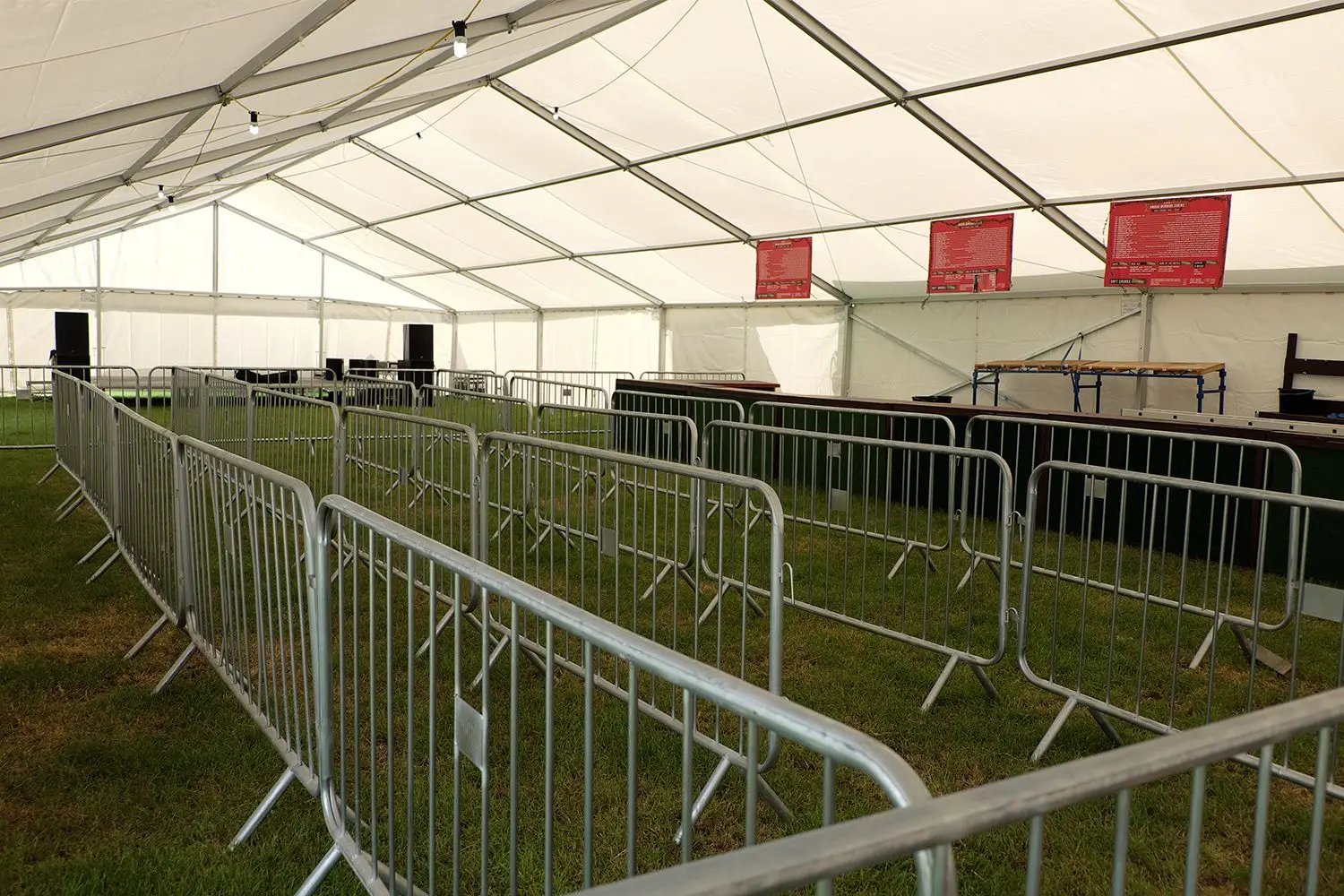 |
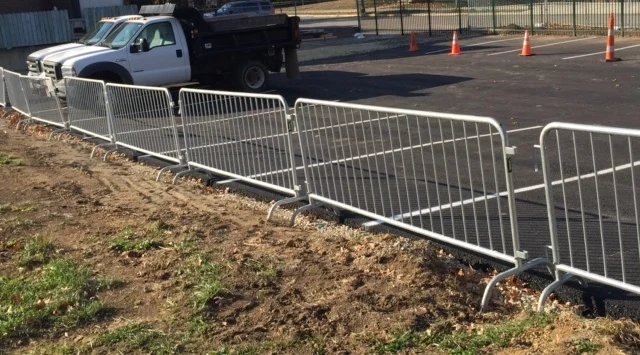 |
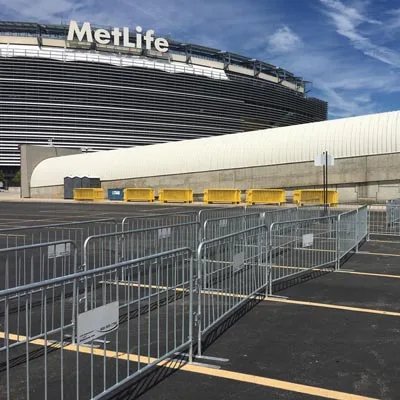 |
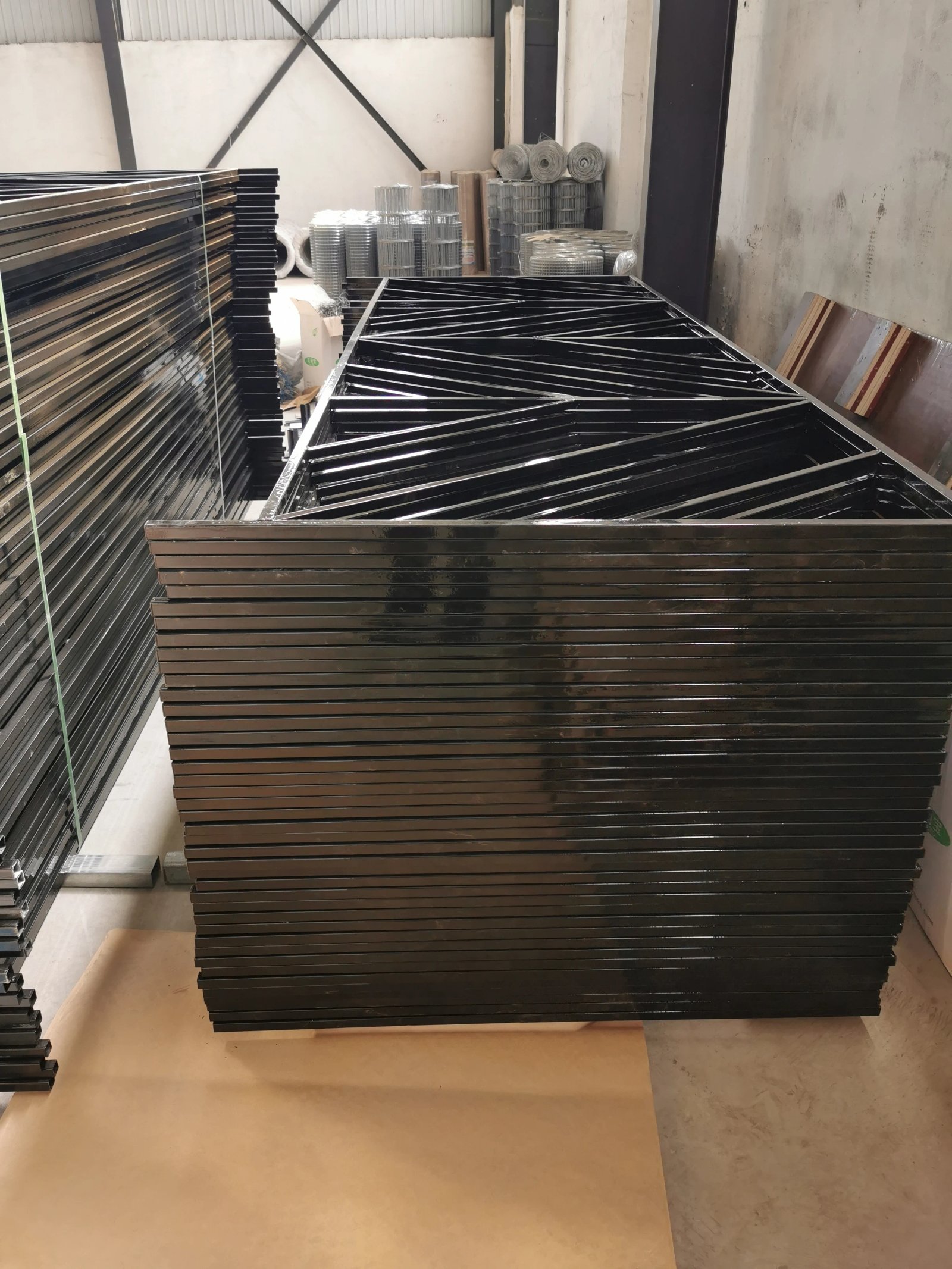 |
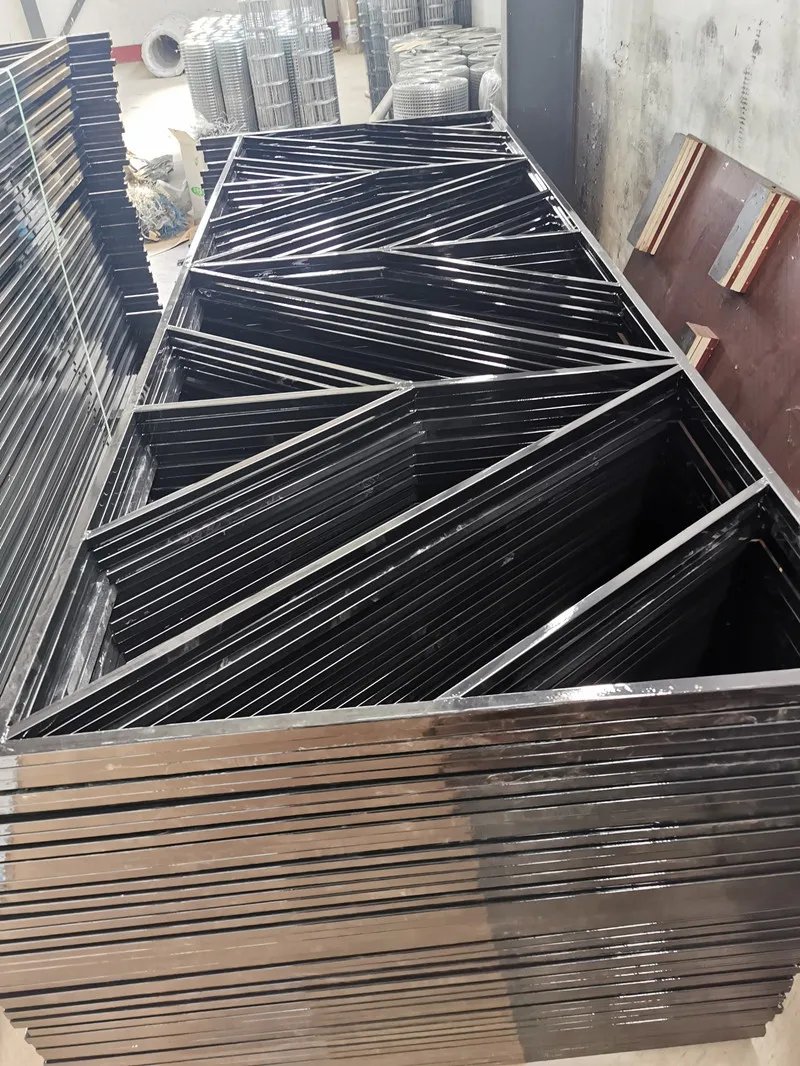 |
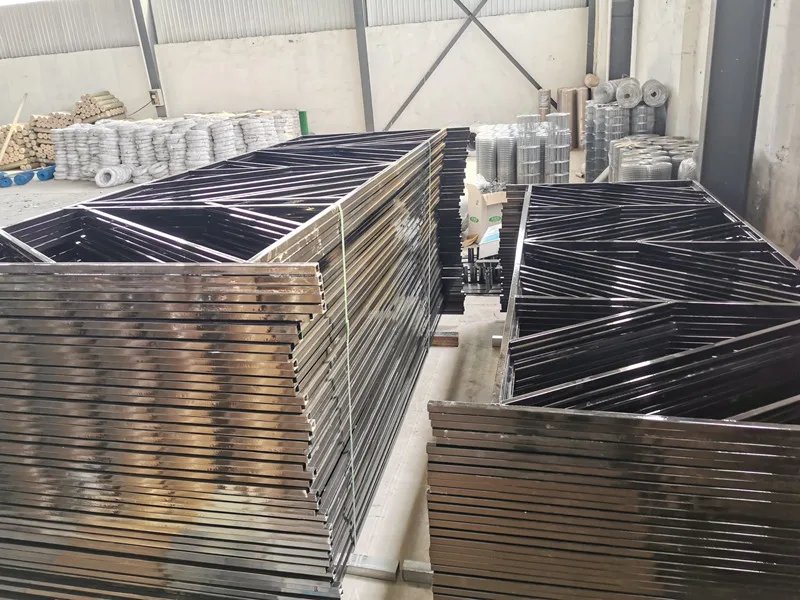 |
Newcastle Christmas Market
During the festive season, the city center becomes a hub of activity:
- Stall Organization: Barriers define spaces for vendors and maintain orderly foot traffic.
- Safety Measures: Protect visitors from nearby vehicular traffic and guide them through the market.
Challenges and Solutions Temporary Crowd Control Barriers Newcastle
Challenges
- Public Resistance: Barriers can be seen as obtrusive or inconvenient by the public.
- Logistical Issues: Transporting and installing barriers can be resource-intensive.
- Maintenance: Barriers can suffer wear and tear, requiring upkeep.
Solutions
- Community Engagement: Informing the public about the reasons for barriers can increase acceptance.
- Efficient Planning: Advanced logistics planning can minimize resource expenditure.
- Quality Materials: Investing in durable barriers reduces long-term maintenance costs.
Conclusion Temporary Crowd Control Barriers Newcastle
Temporary crowd control barriers are vital components in the infrastructure of a bustling city like Newcastle. They ensure that events run smoothly, construction projects proceed safely, and public spaces remain orderly and secure. By carefully selecting the appropriate types of barriers and adhering to regulatory standards, event organizers, businesses, and authorities can enhance safety, improve crowd management, and contribute positively to Newcastle’s reputation as a city capable of hosting large-scale, successful events.
Crowd Control Barriers
